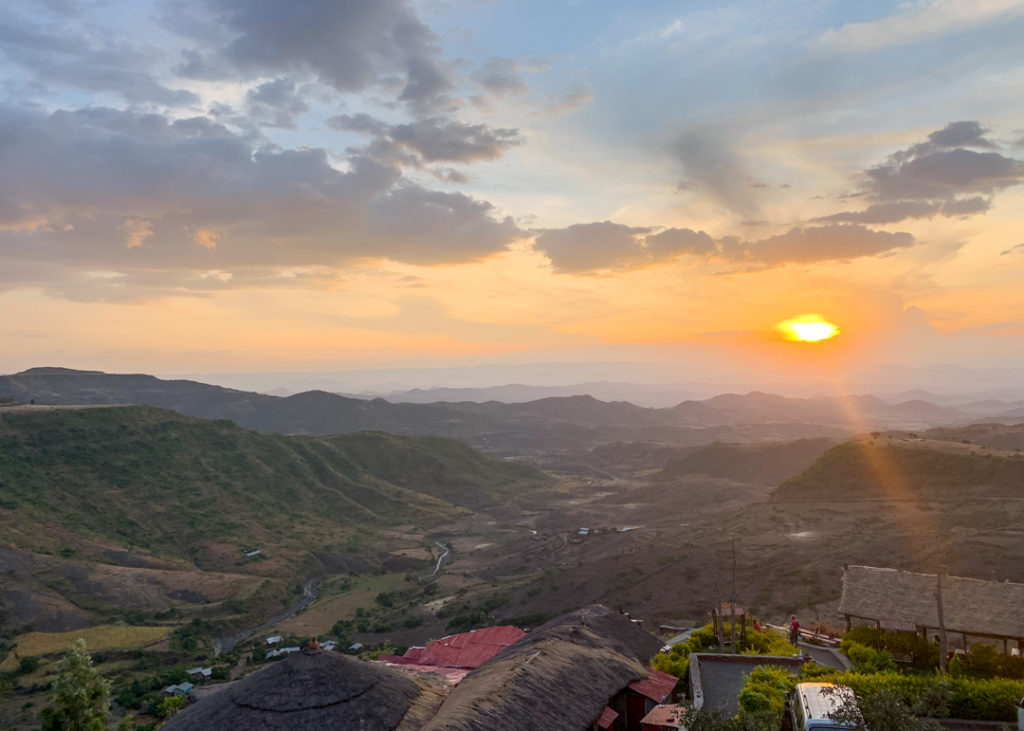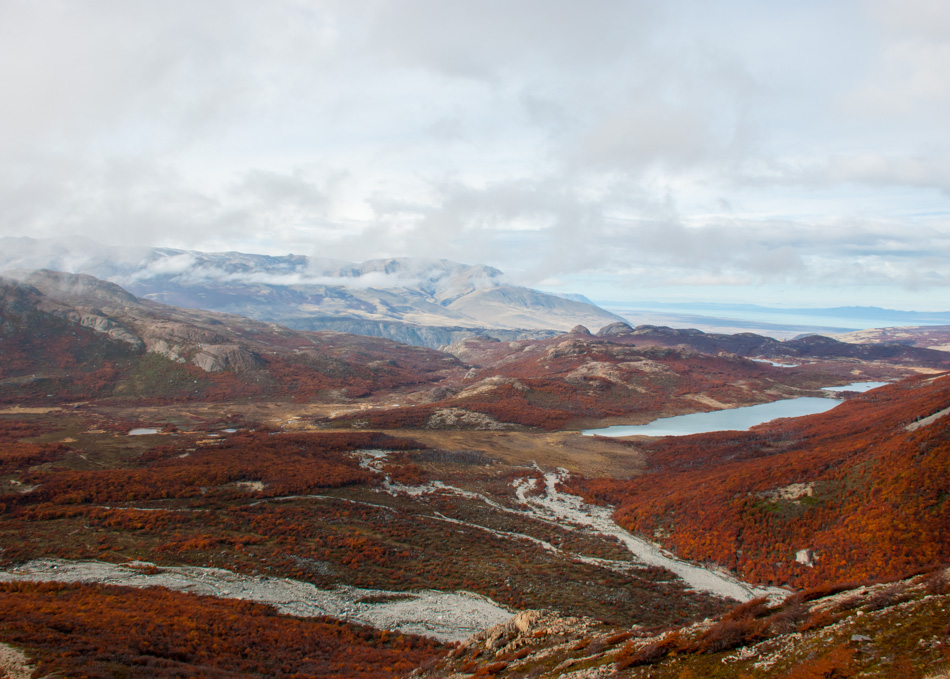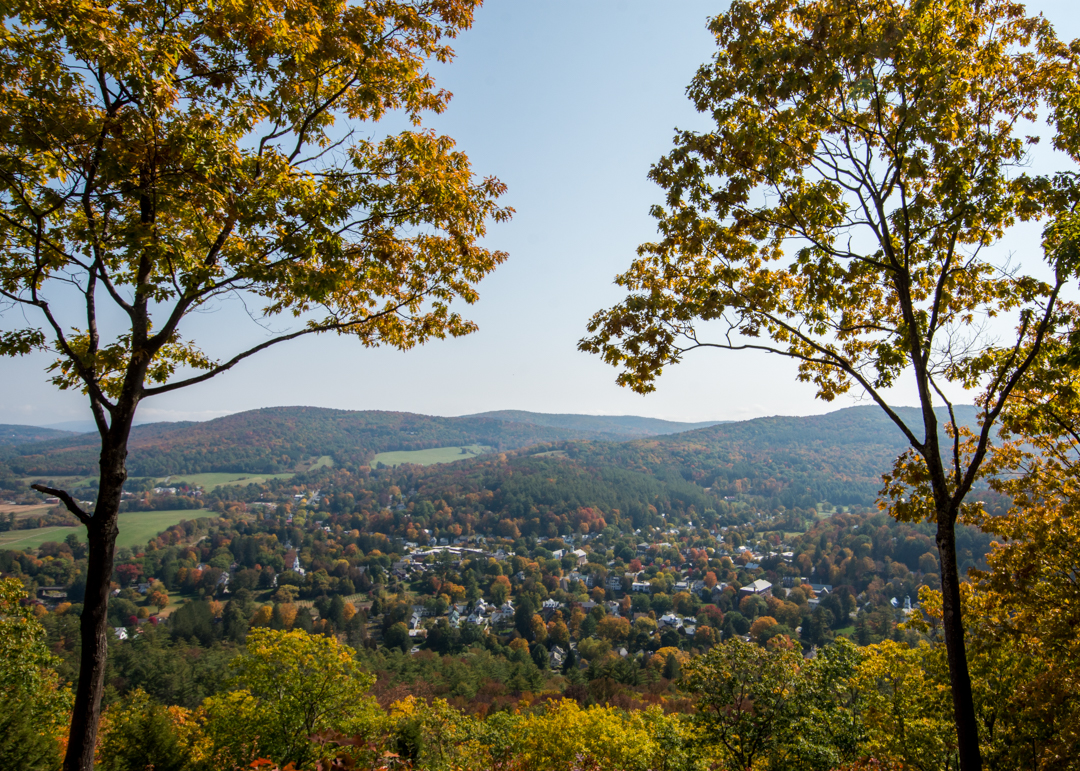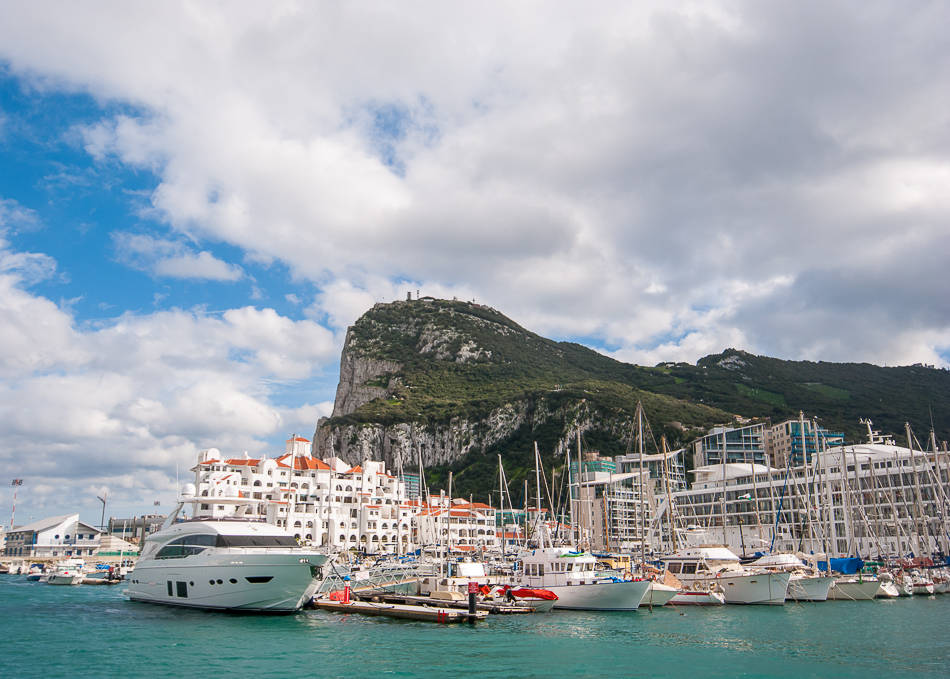Considered the most important tourist destination on Ethiopia’s northern historic circuit, Lalibela is usually considered a fly-in visit from Addis Ababa which offers daily flights. For us though, who were enjoying a road trip from the north, we made our way from Bahir Dar to Lalibela via concrete to not miss a single stretch of gorgeous countryside.
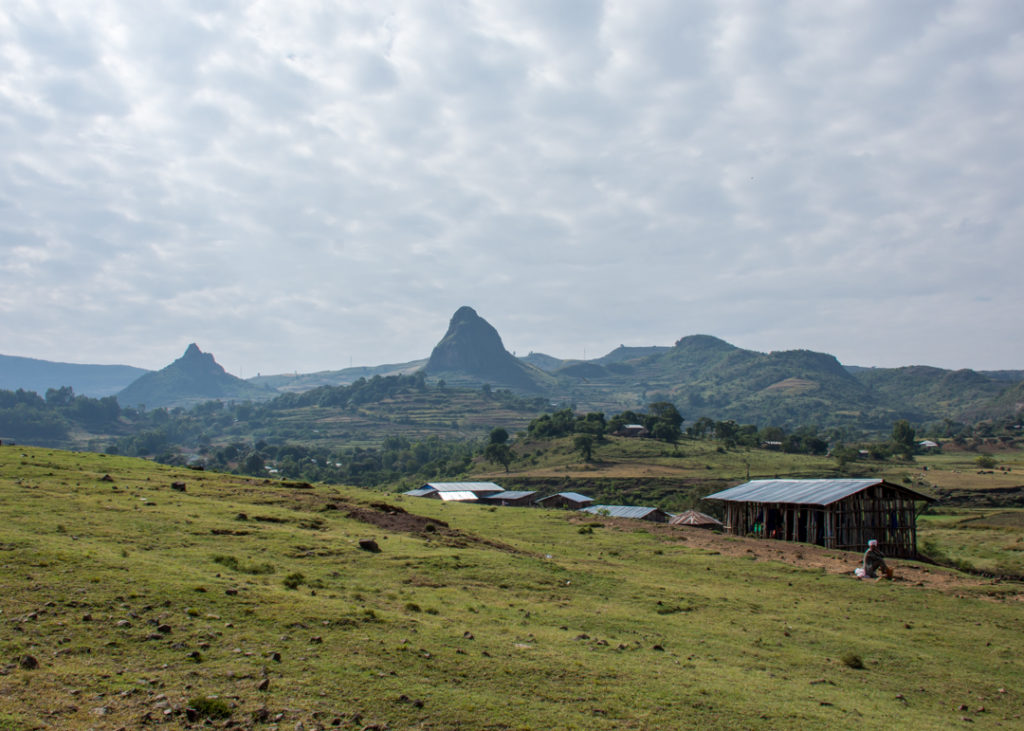
It takes a full day to cover the distance and as everywhere else we drove through in Ethiopia, the scenery makes the time fly as we pass countless charming alpine villages.
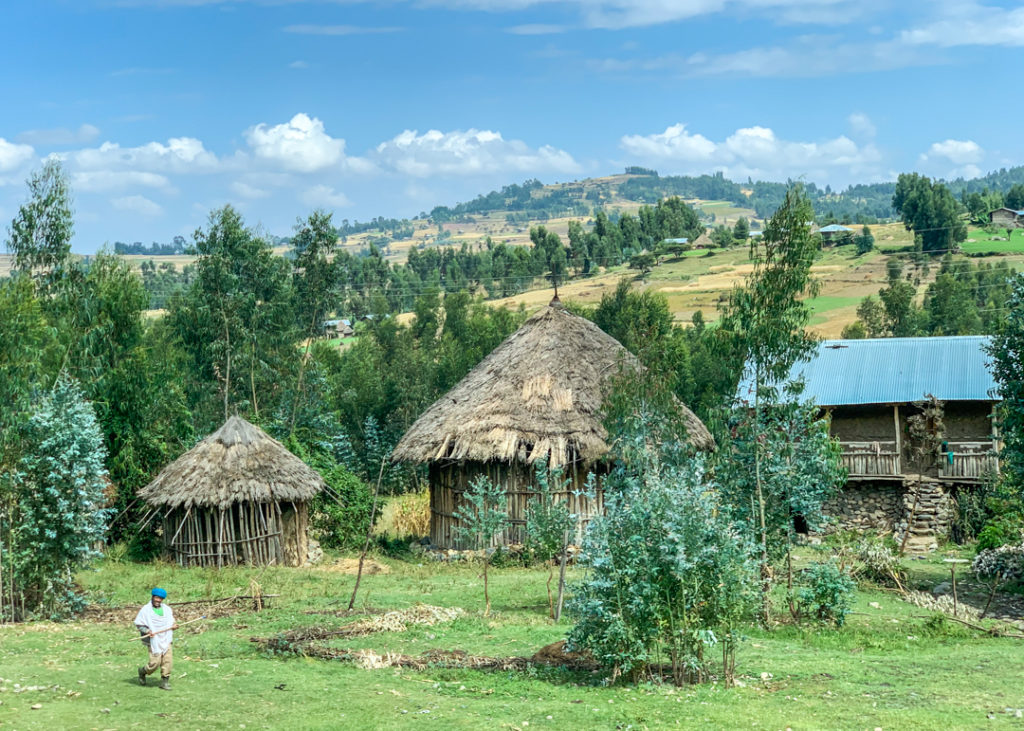
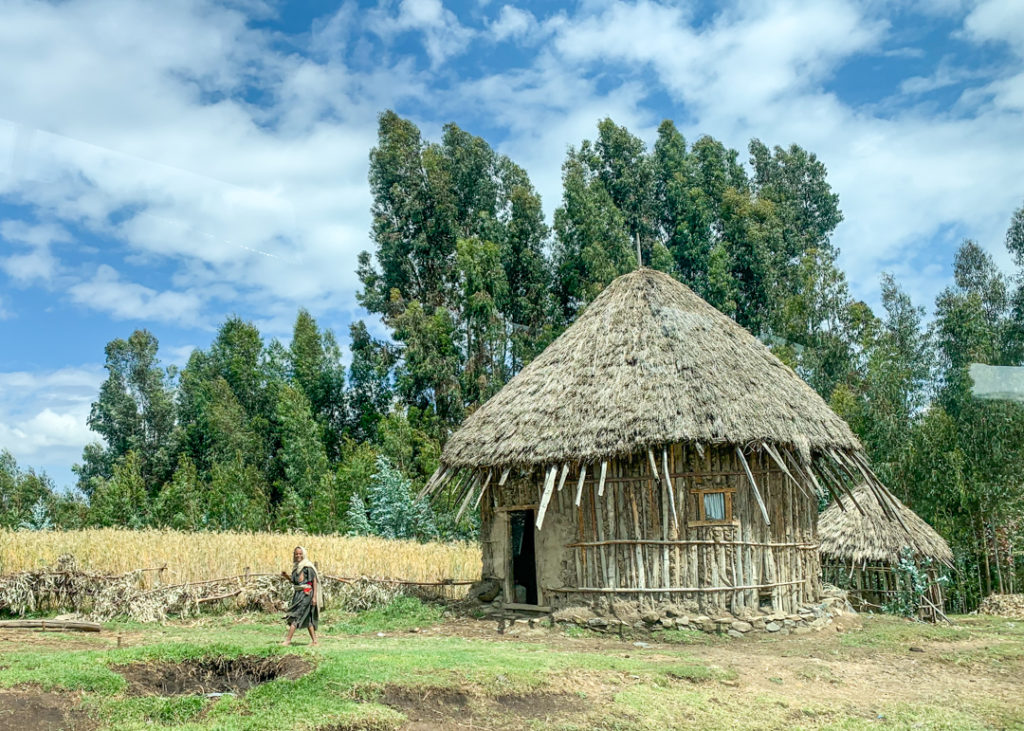
We even observed a long funeral procession which in Ethiopia is a large community event with up to 1,000 attendees.
High-altitude vistas start appearing in the second half of the day and grace our windows with jaw-dropping views of mountains and fertile valleys.
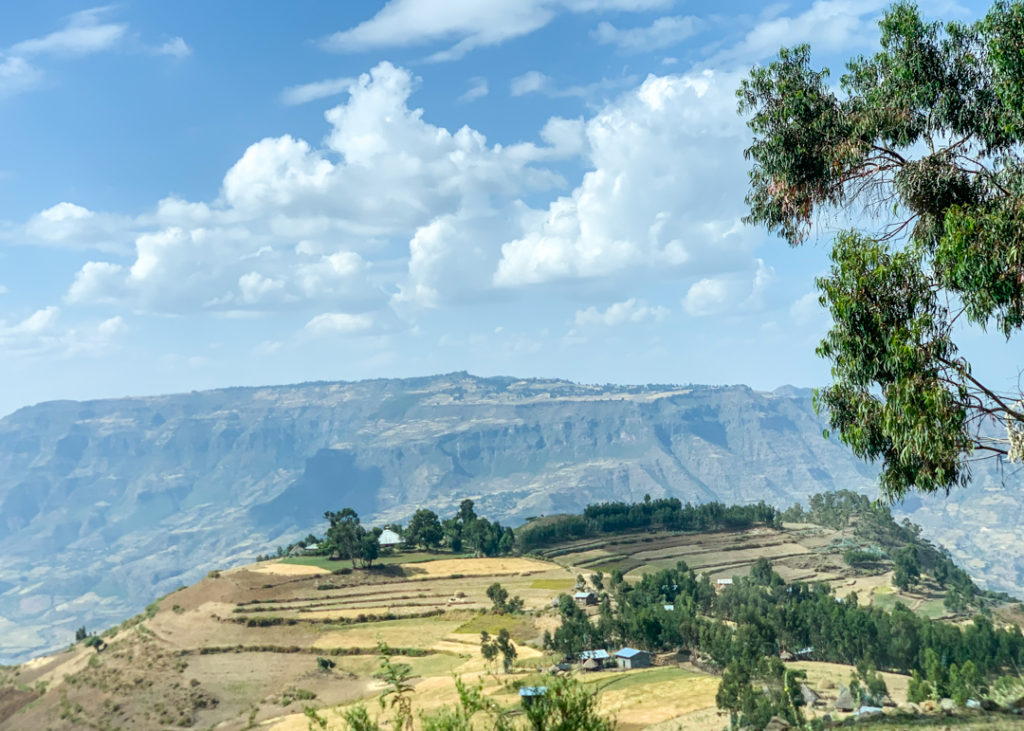
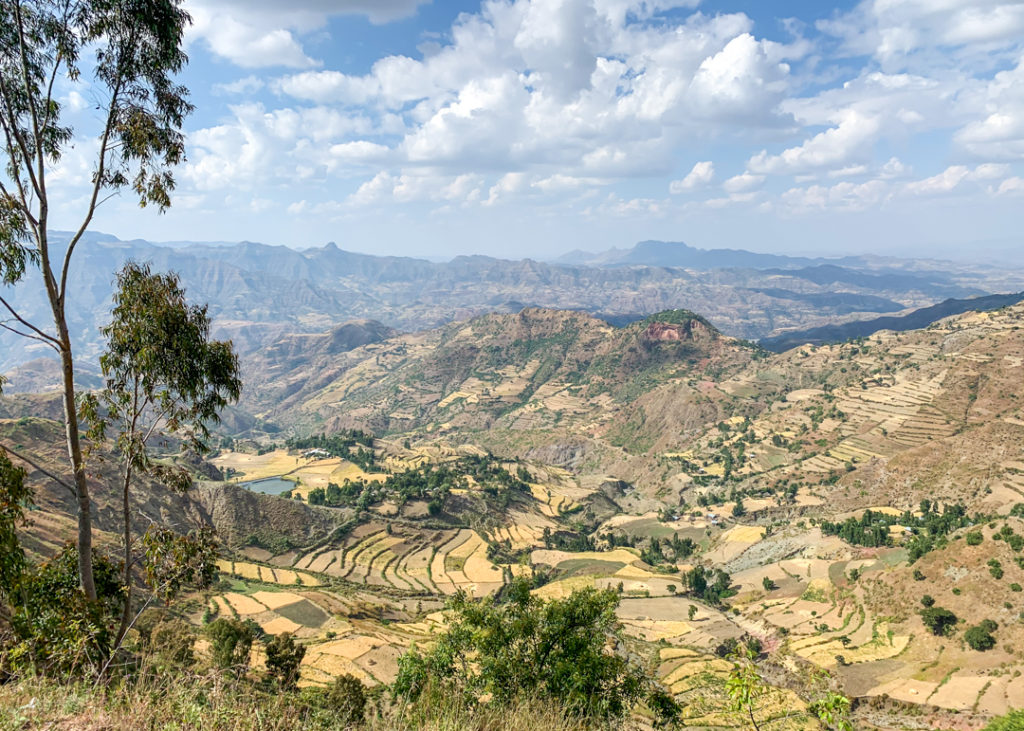
We arrive in Lalibela right around nightfall after making some quick stops to capture today’s last rays.
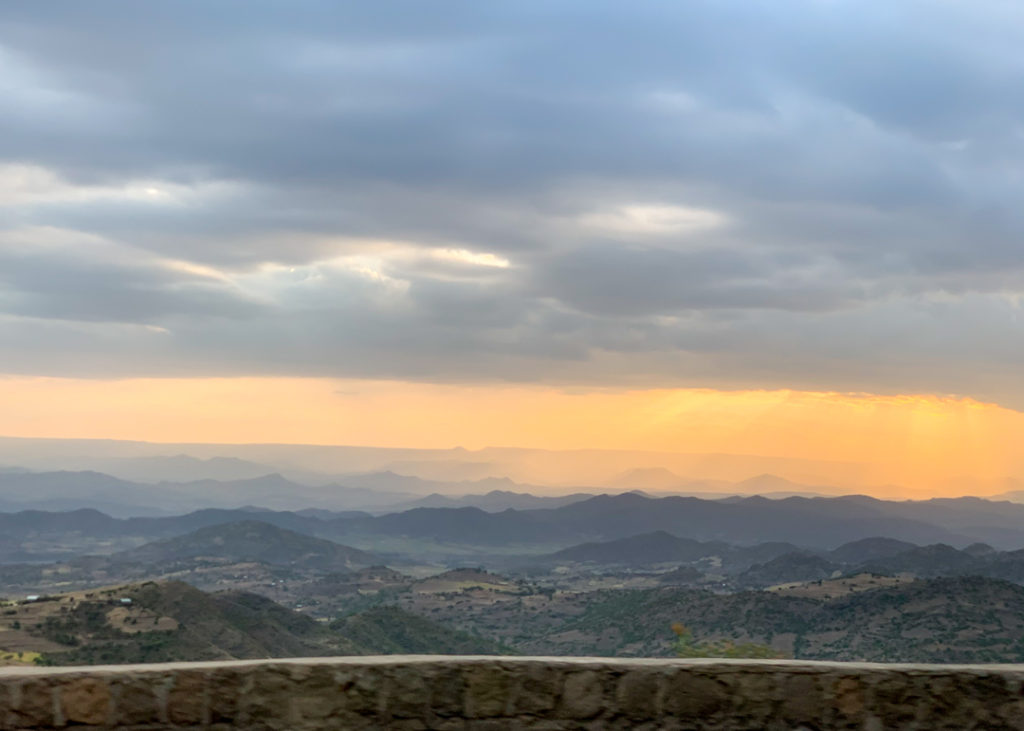
We wake up at Sora Lodge, a welcoming Inn built on a slope close to the heart of the city.
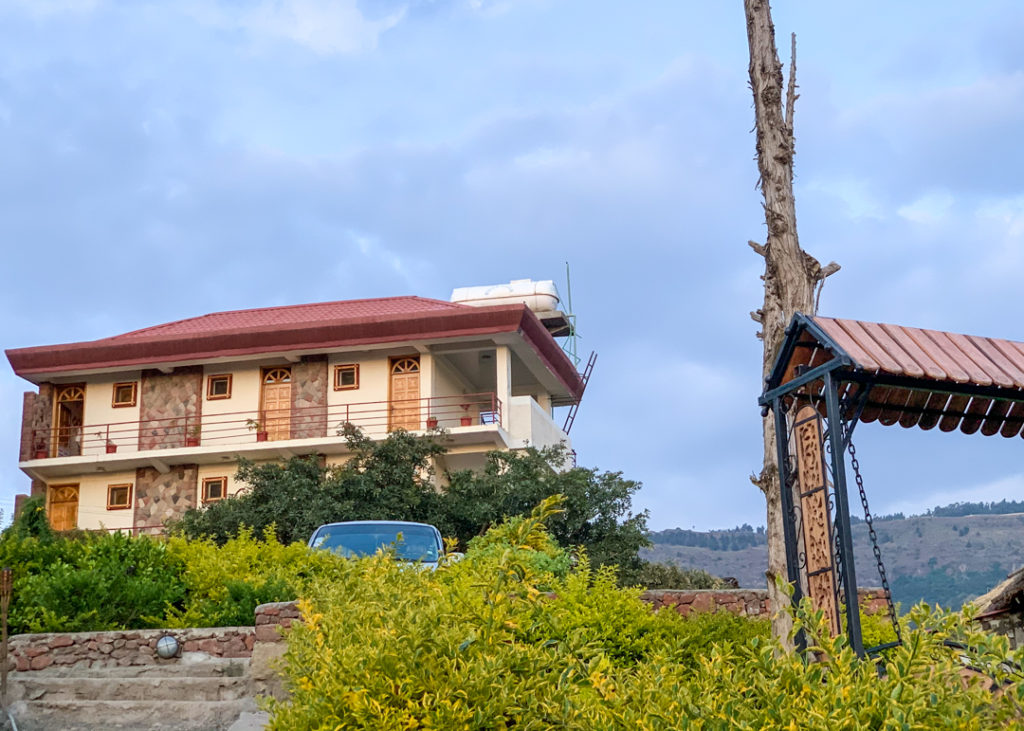
Views from the bedroom have us up and ready in minutes to snap the surrounding panorama.
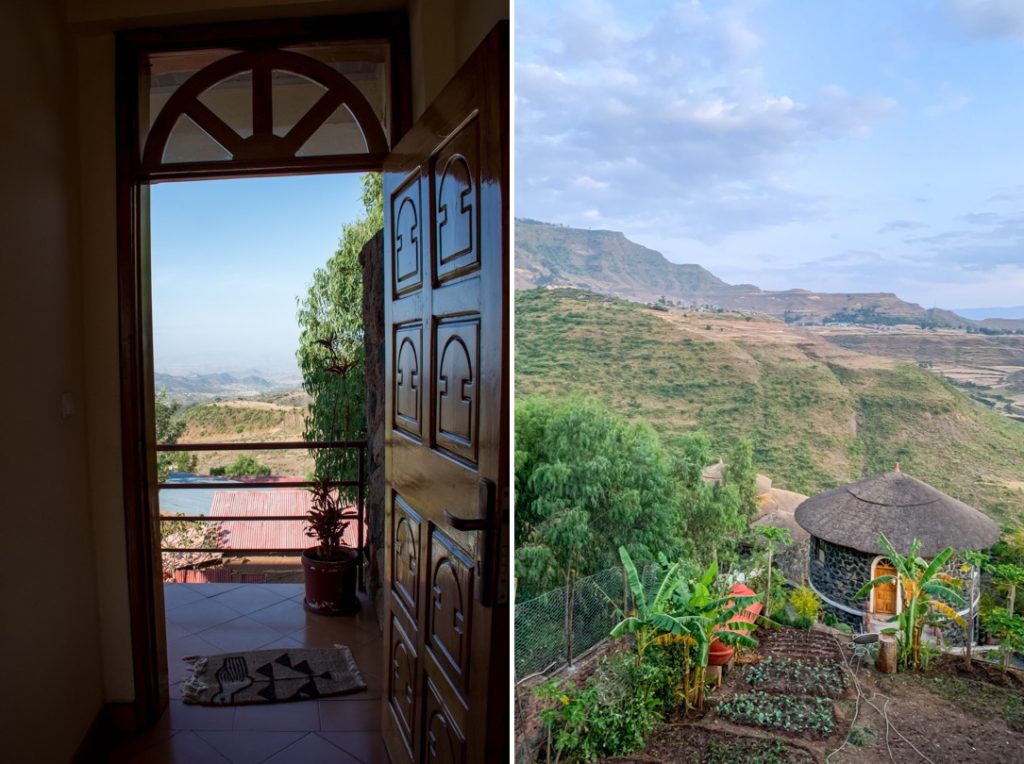
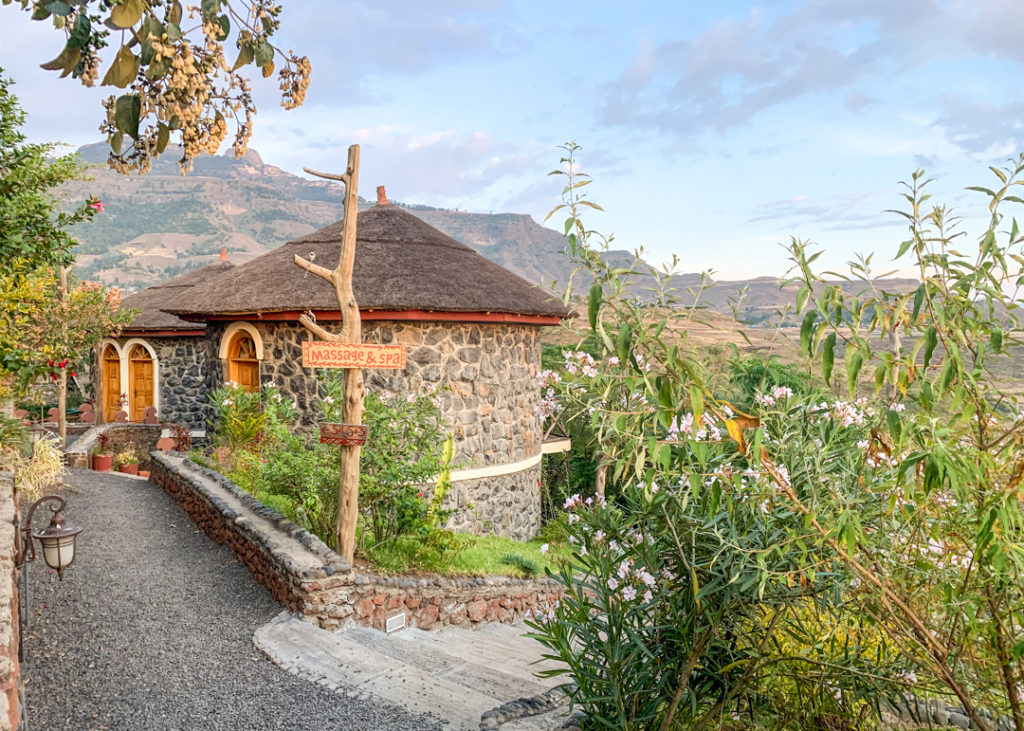
The location really can’t be beat at 2,600 m altitude. It gives the best vantage point to admire the vast landscape of wild, craggy peaks surrounding us.
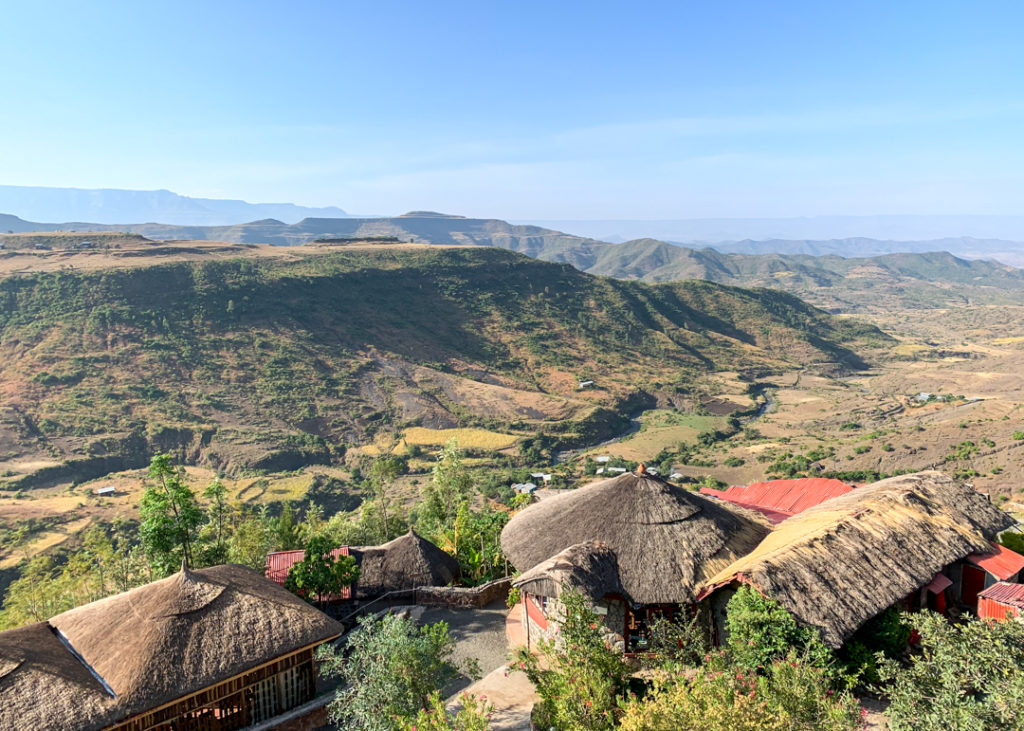
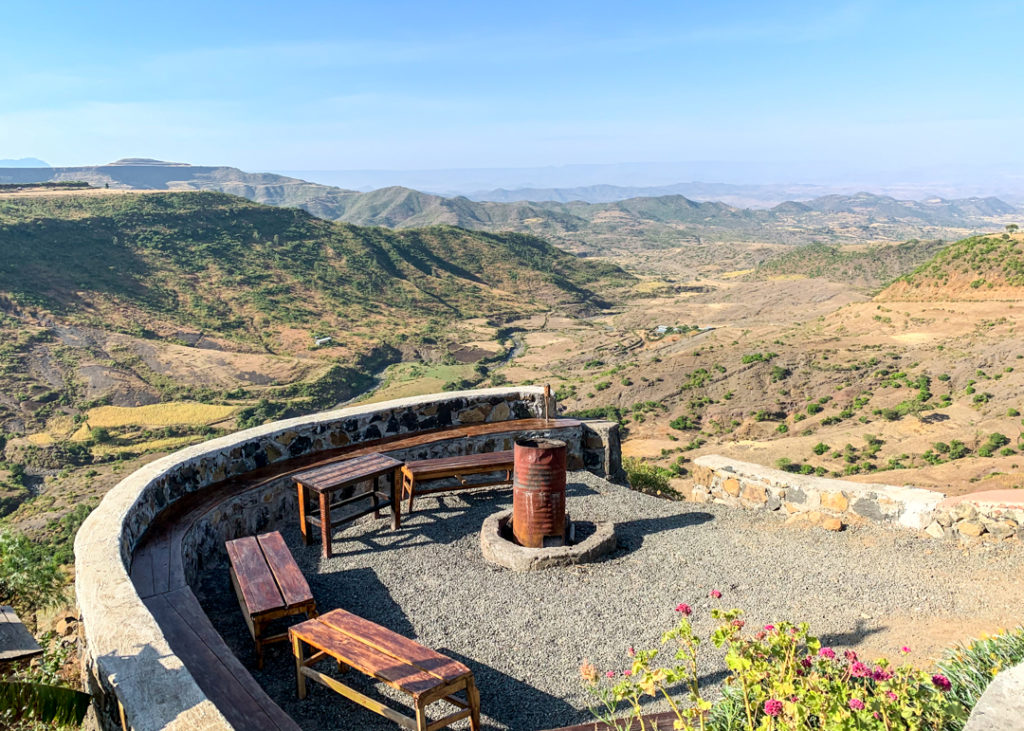
Whether enjoying a cocktail at the bar or eating at the onsite restaurant, there’s really no escaping from the spectacular views.
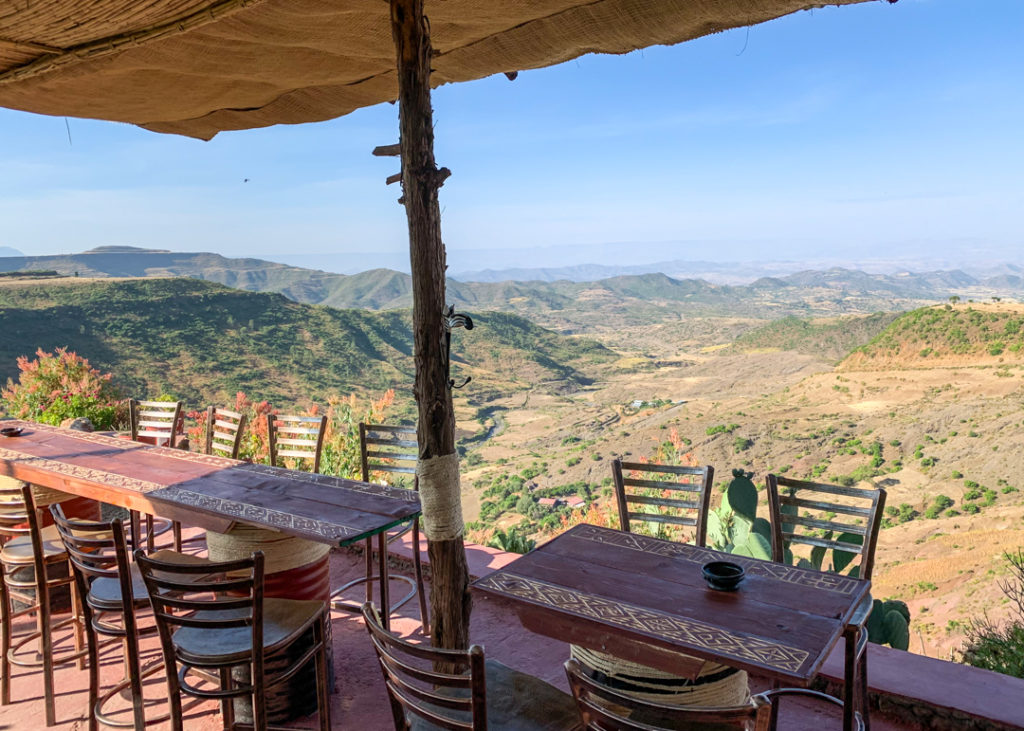
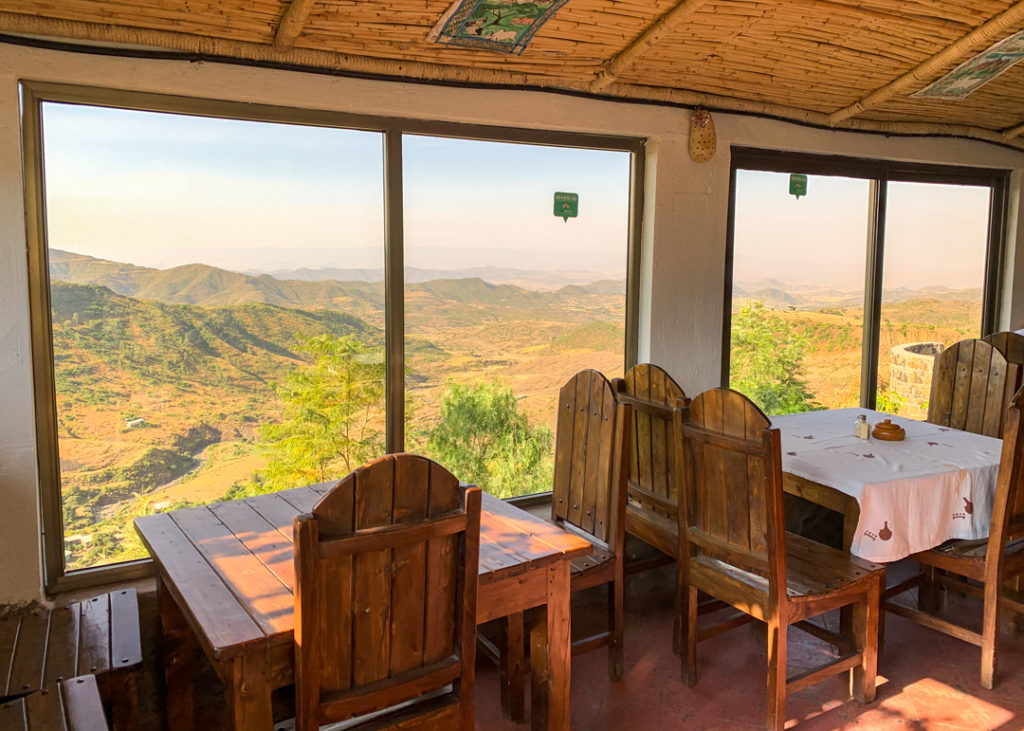
With a busy day in front of us, we sipped an excellent cup of coffee and started to head into town.
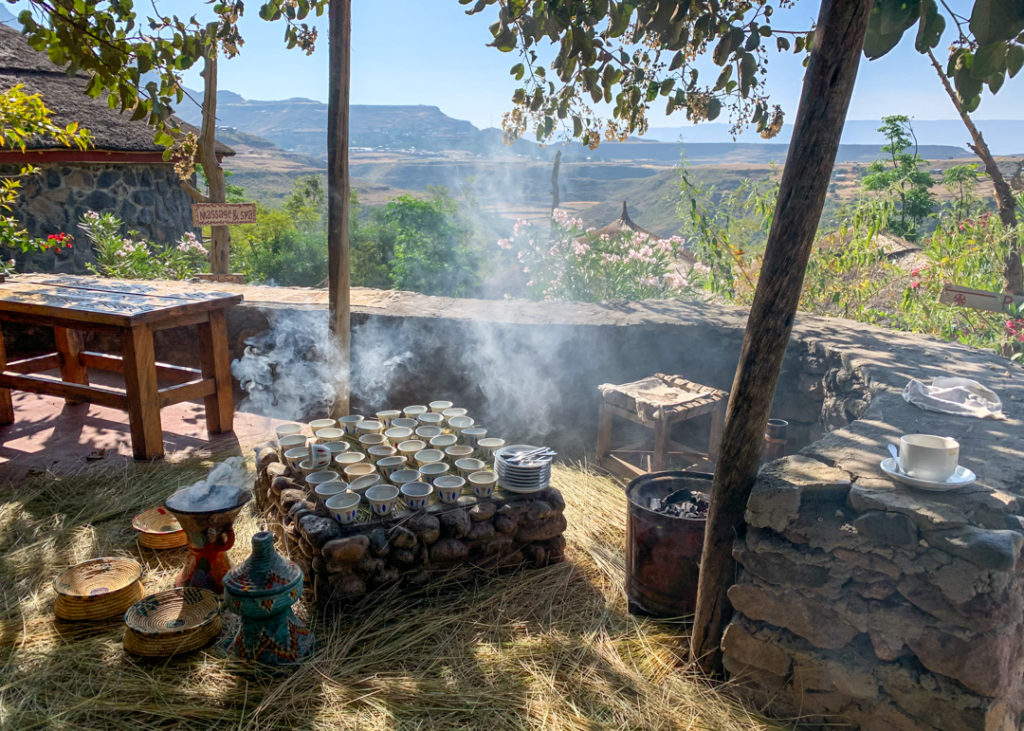
Lalibela is a little town of about 15,000 people in a stunning location with enviable weather year round. With a good infrastructure (i.e. hotels and restaurants) above what we’ve seen elsewhere, it’s a great place to spend a few days in, enjoying the vistas and the food in between the popular sites.
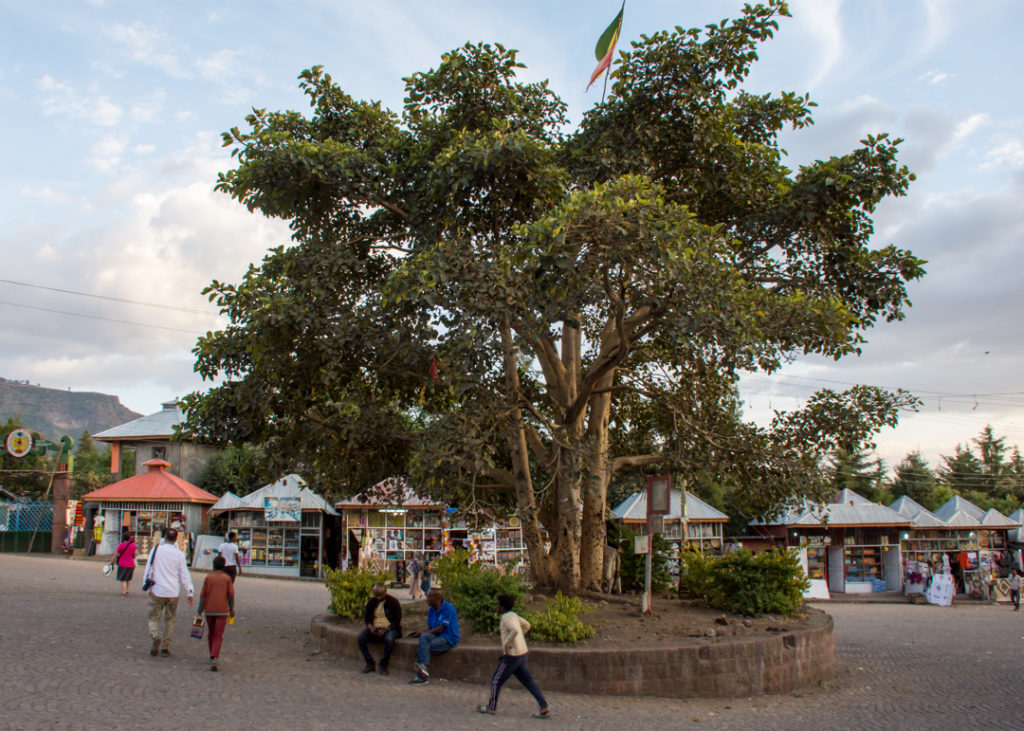
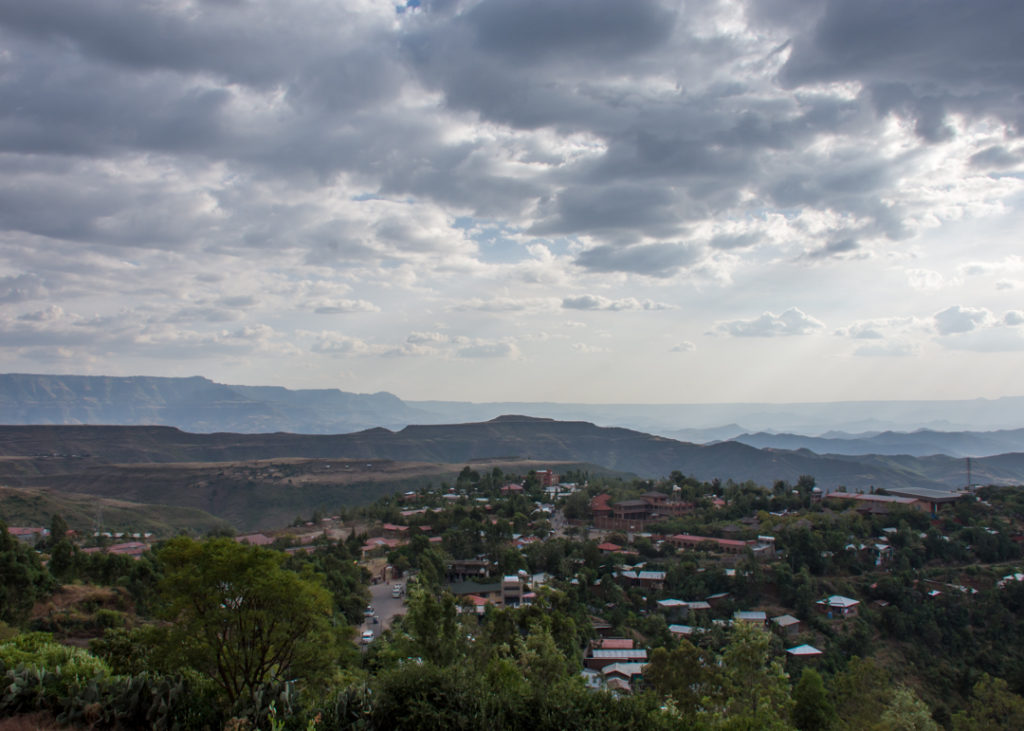
The reason it’s the one place that no visitor to Ethiopia should leave out of their itinerary though has nothing to do with the setting, and all to do with its famous complex of churches chiselled from pink volcanic rock.
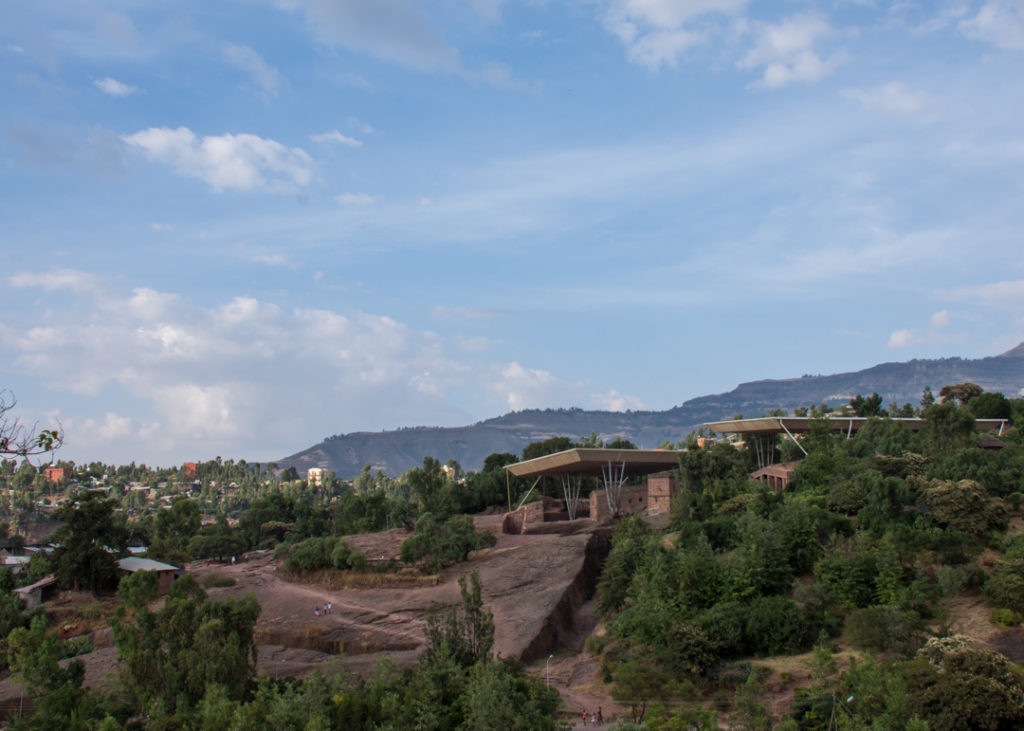
Often referred to as the unofficial “eight wonder of the world” and lately as the “next Machu Picchu”, the stunning cluster of 13 medieval churches and chapels will surely leave you spellbound. Each one of them was carved from a single, gigantic, block of stone about 800 years ago by an Ethiopian King named Lalibela.
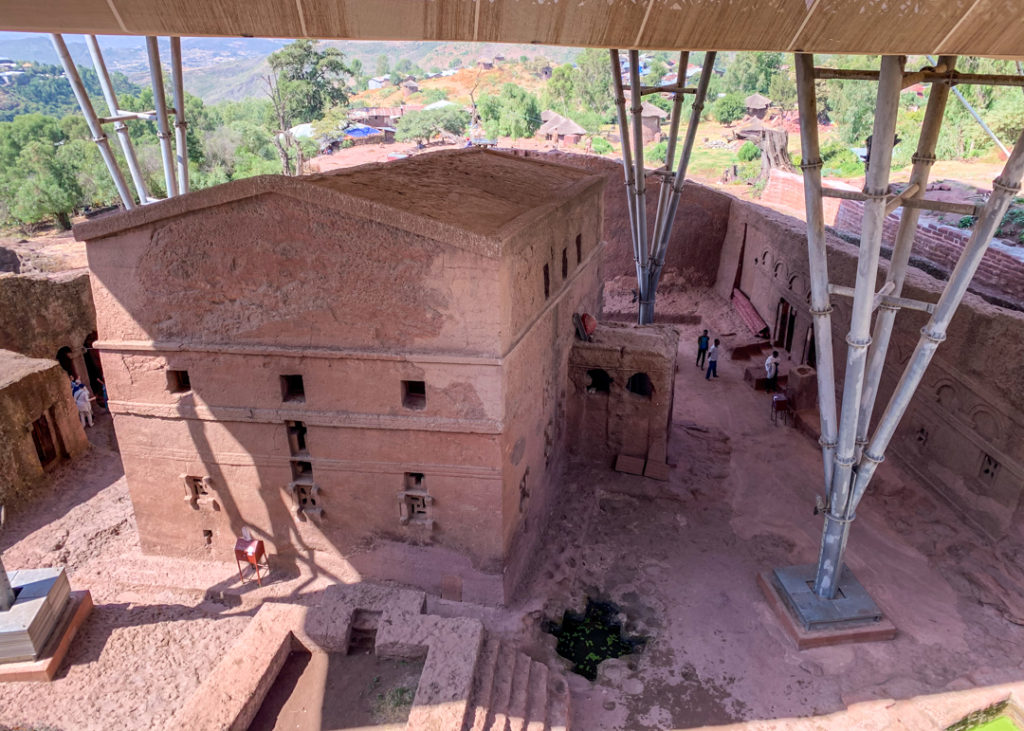
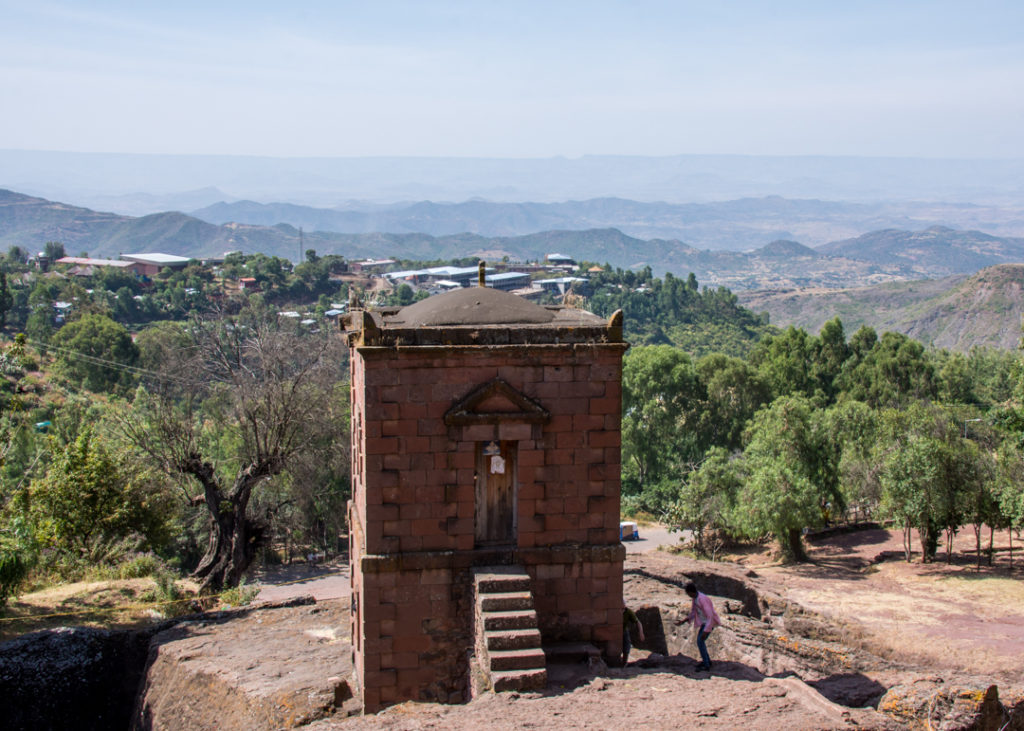
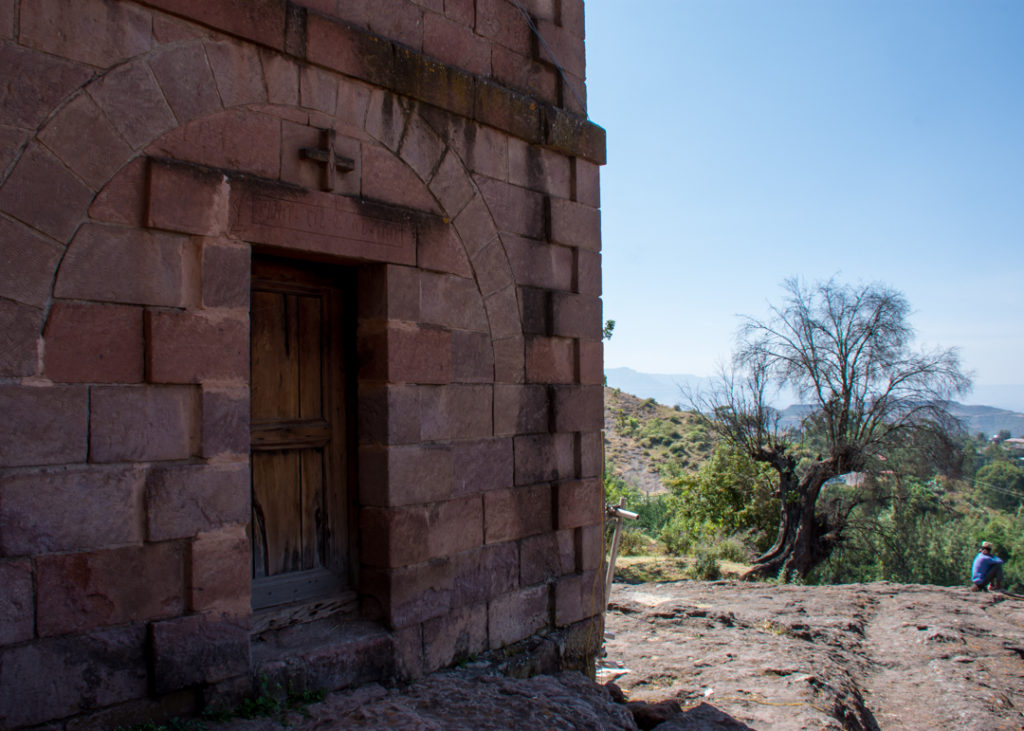
And they are huge – some higher than 10 m! We felt dwarfed standing on the ground, heads tilted up to grasp the enormity of it all. No two are alike and all are minutely decorated with carved windows, intricate engravings and even paintings. The first one we visited, Bet Medhane Alem, is the most architecturally impressive and is apparently the world’s largest rock-hewn monolith, covering almost 800m2.
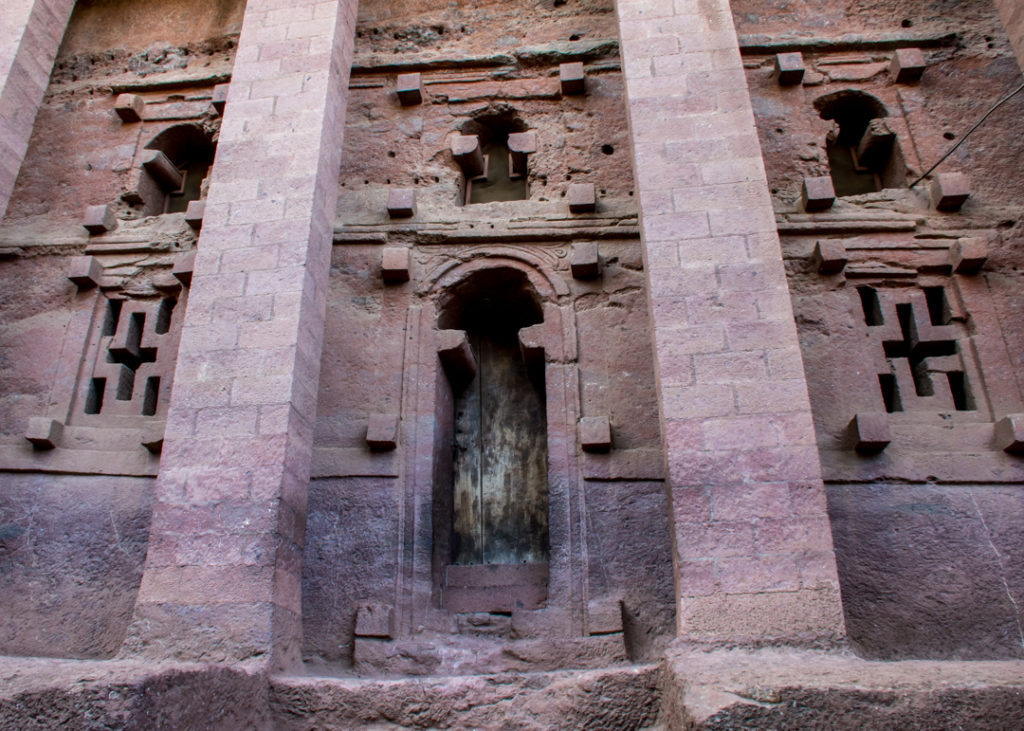
It seemed even more grandiose in the morning light.
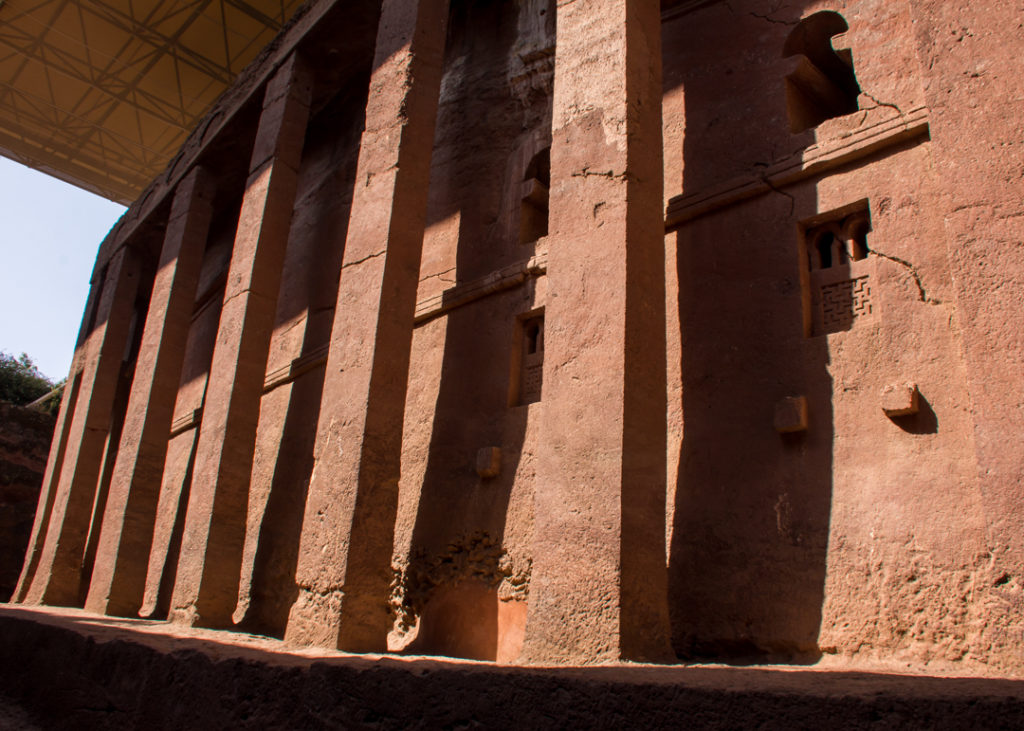
While the popularity of the site has increased tremendously, what I found to be most special was that we weren’t touring some abandoned historical ruins from a dead civilization. All the churches here are still very much in service daily as they have been for at least the last 800 years.
Pious Ethiopians often walk hundreds of kilometers in bare feet to receive blessings here, in this holiest of Christian shrine. Every church we entered had priests and Ethiopians praying, the swishing sound of robes mixing with the clicks from the cameras.
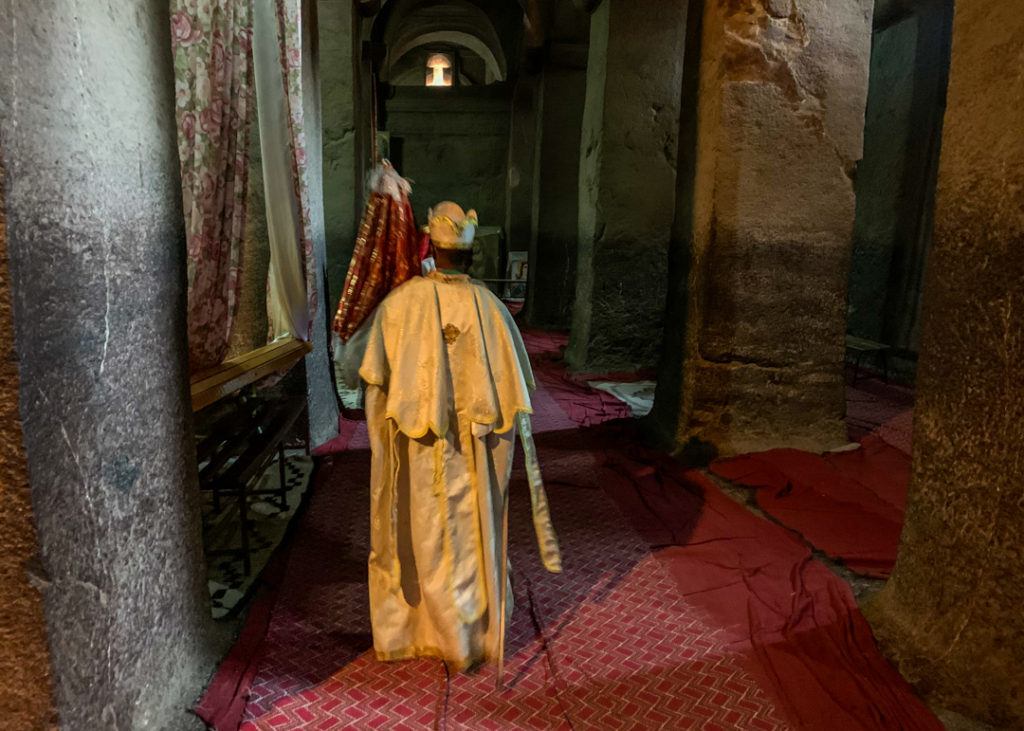
The interior is rather plain, though light bouncing off the windows and colorful rugs add life to the austere, cathedral-like building.
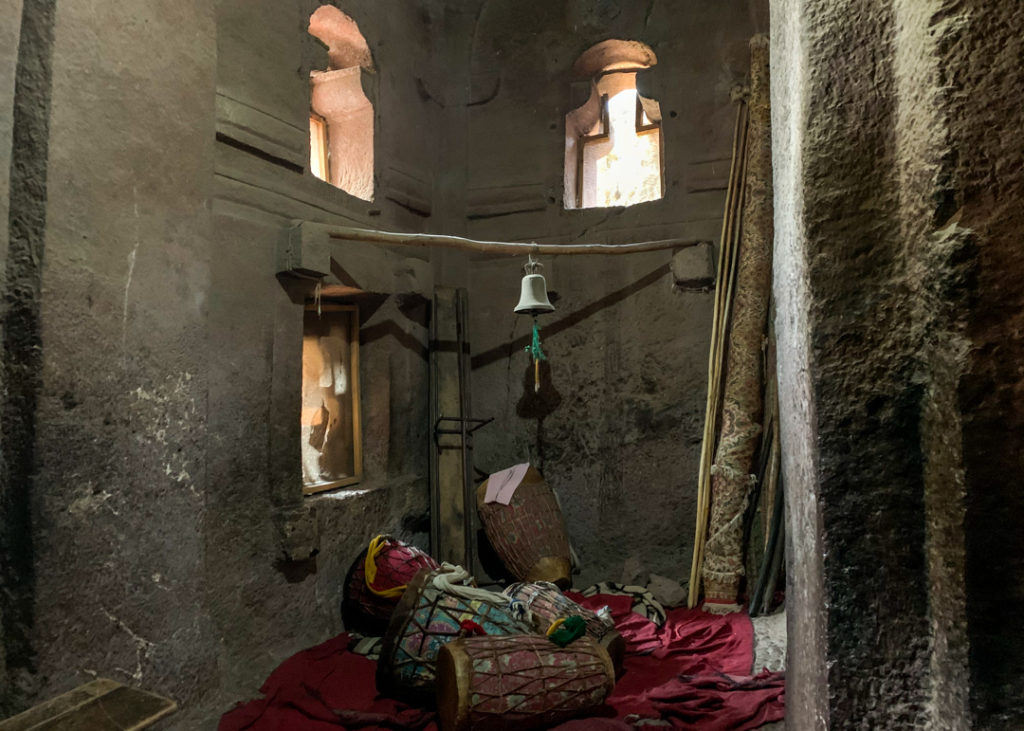
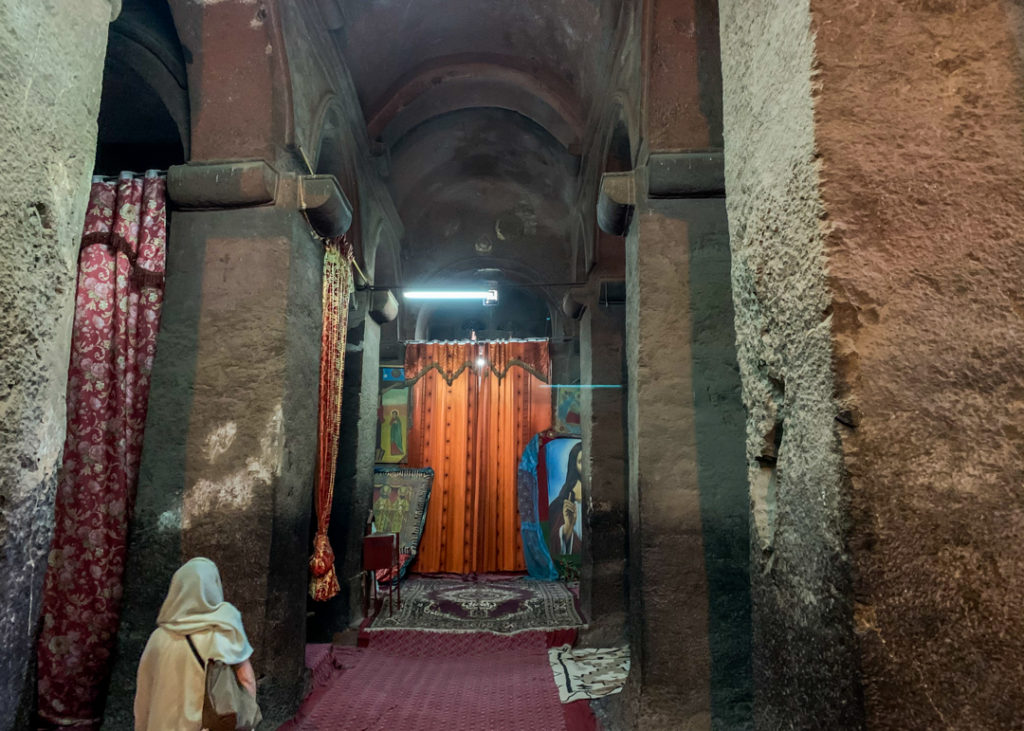
All around the site, we could see some of the traditional houses of Lalibela, very unique two-storey circular stone structures hugging the steep slopes of the town.
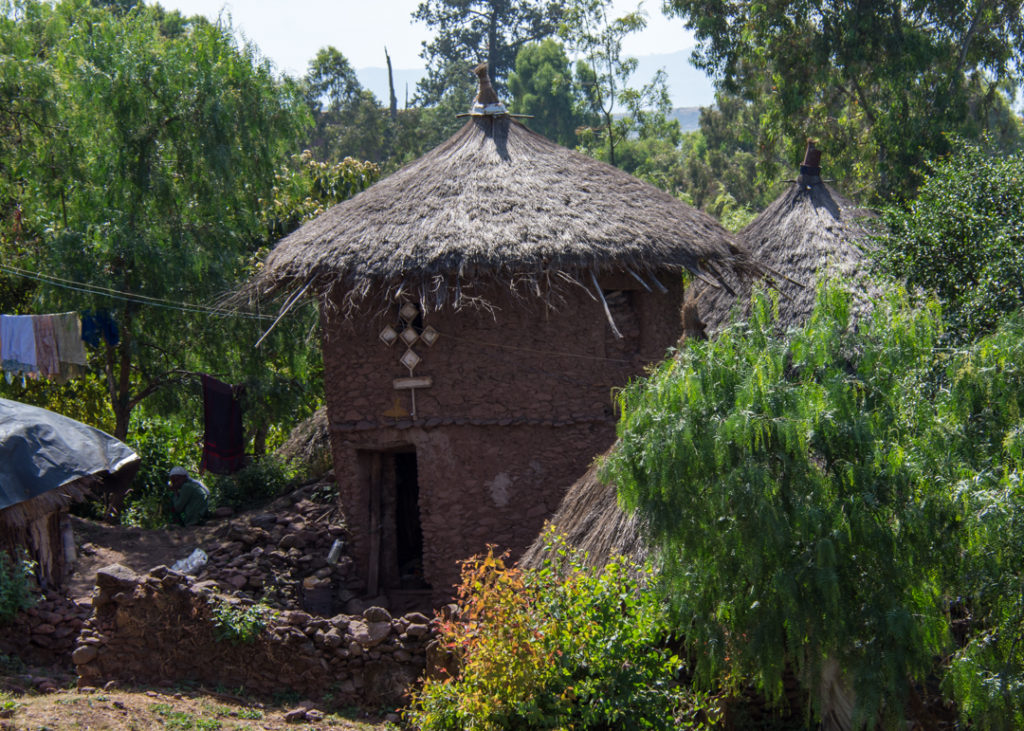
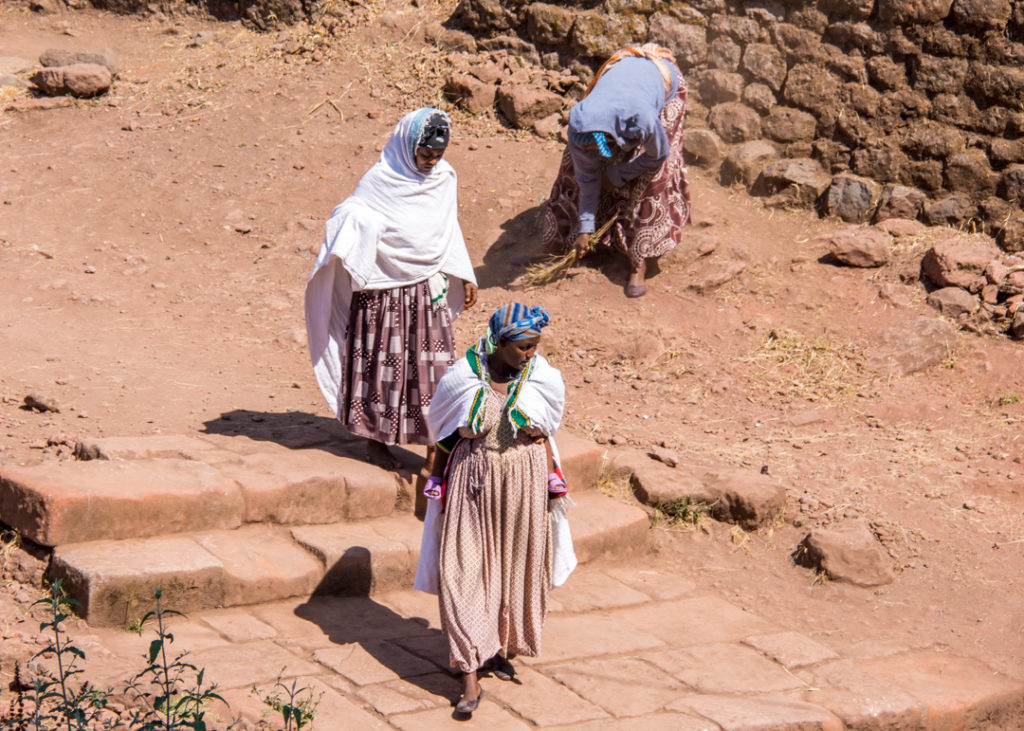
Navigating the complex is like going down into a subterranean village since all the churches are carved below ground level. It gives an interesting perspective for sure and I don’t need to mention that comfortable shoes are a must. You’ll be hiking up and down narrow and sometimes exposed paths the whole day…
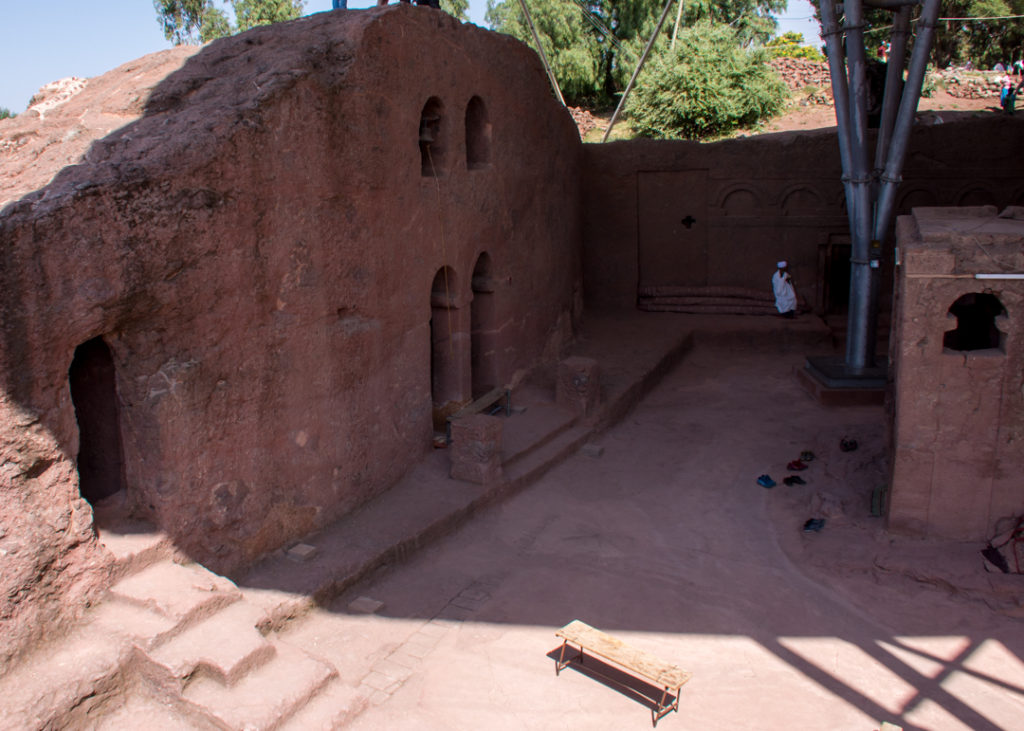
White-robed hermits that stay in tiny cells carved in the surrounding walls emerge, bible in hand. These moments and scenes are probably very similar to what was taking place here hundreds of years ago and that’s what make Lalibela feels so alive and real…you’re living it.
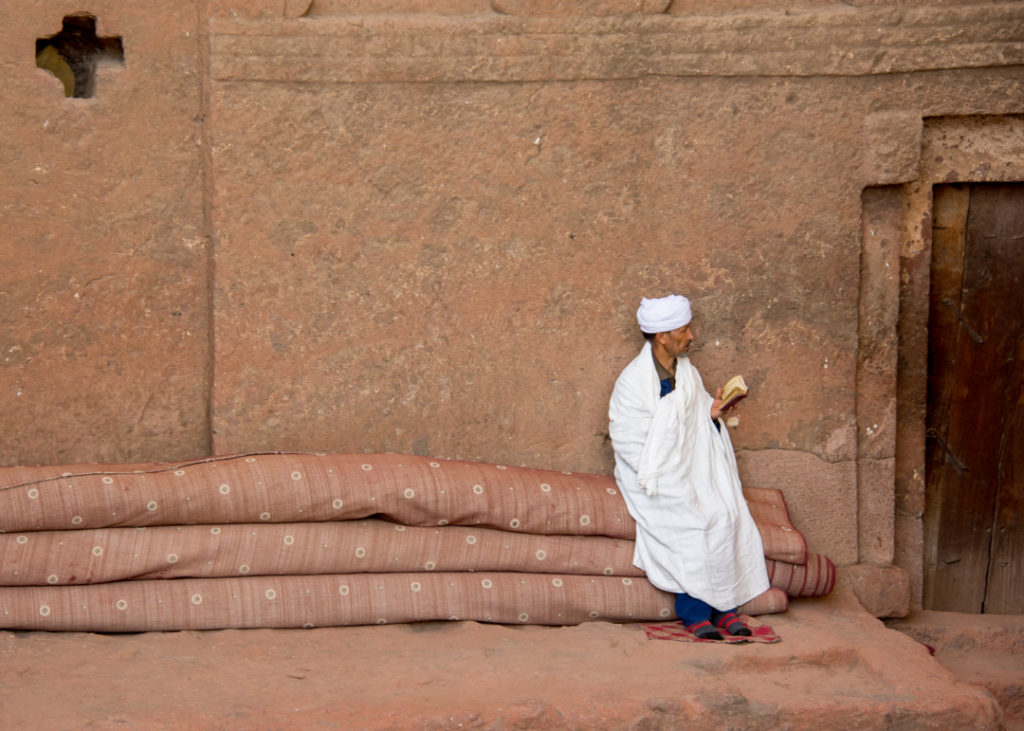
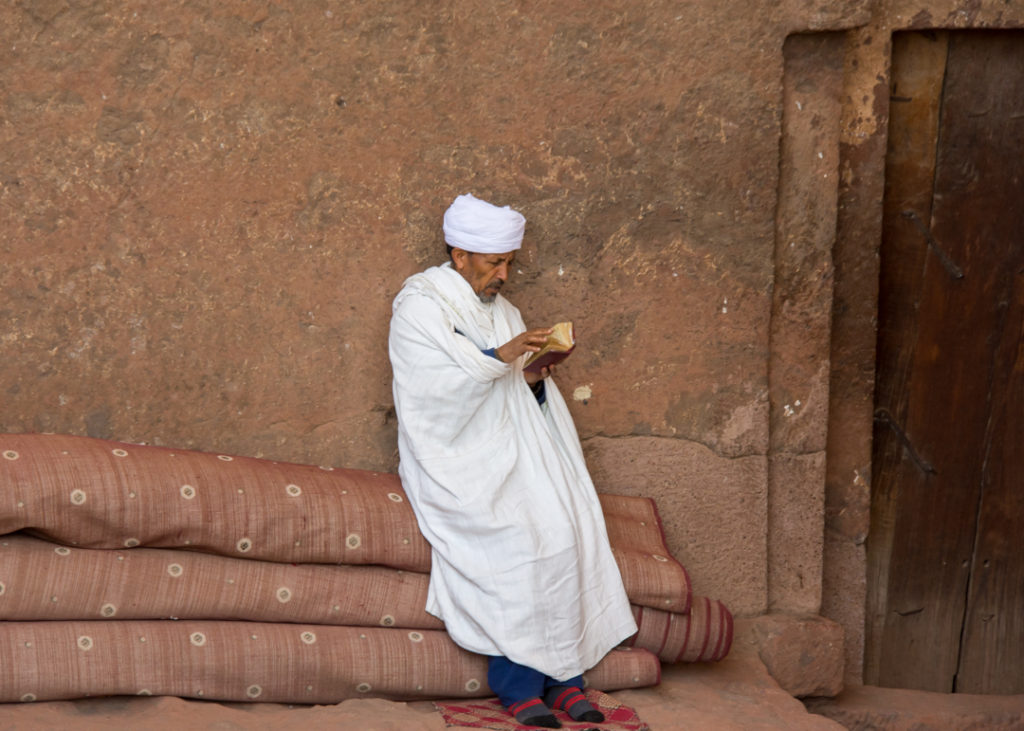
In the tiny chapel of Bet Meskel (House of the Cross), a priest proudly displays the chapel’s gold cross, a prime photo opp we would get to witness a few more times today.
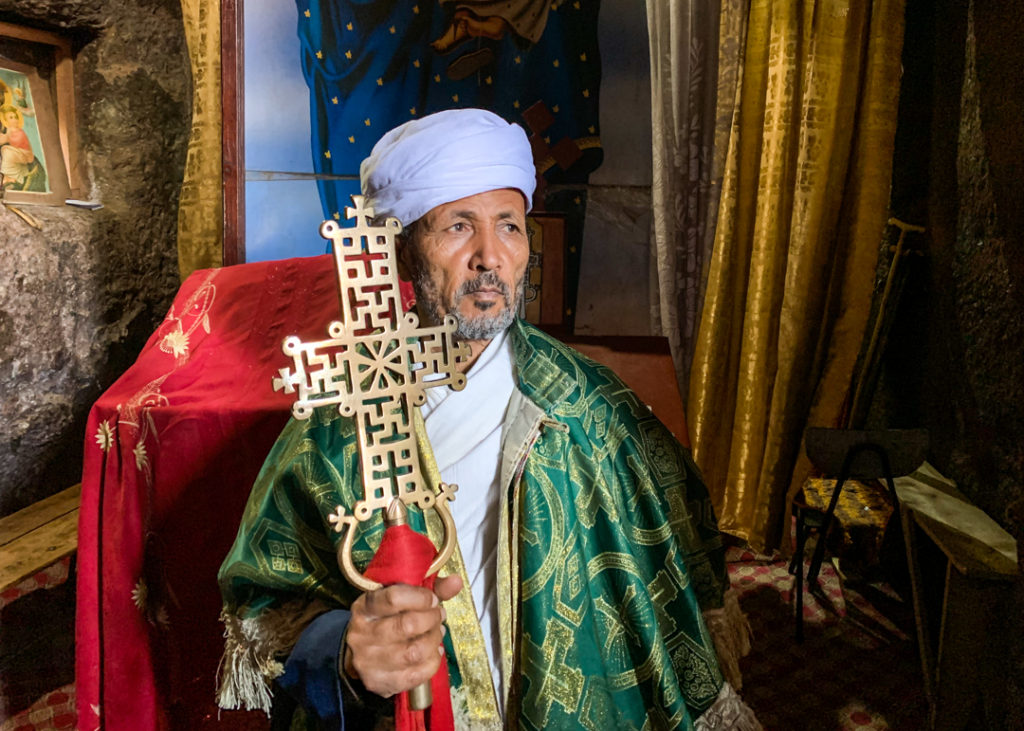
Bet Maryam is thought to be the first church to be built at Lalibela and is a particular highlight due to its richly decorated interior.
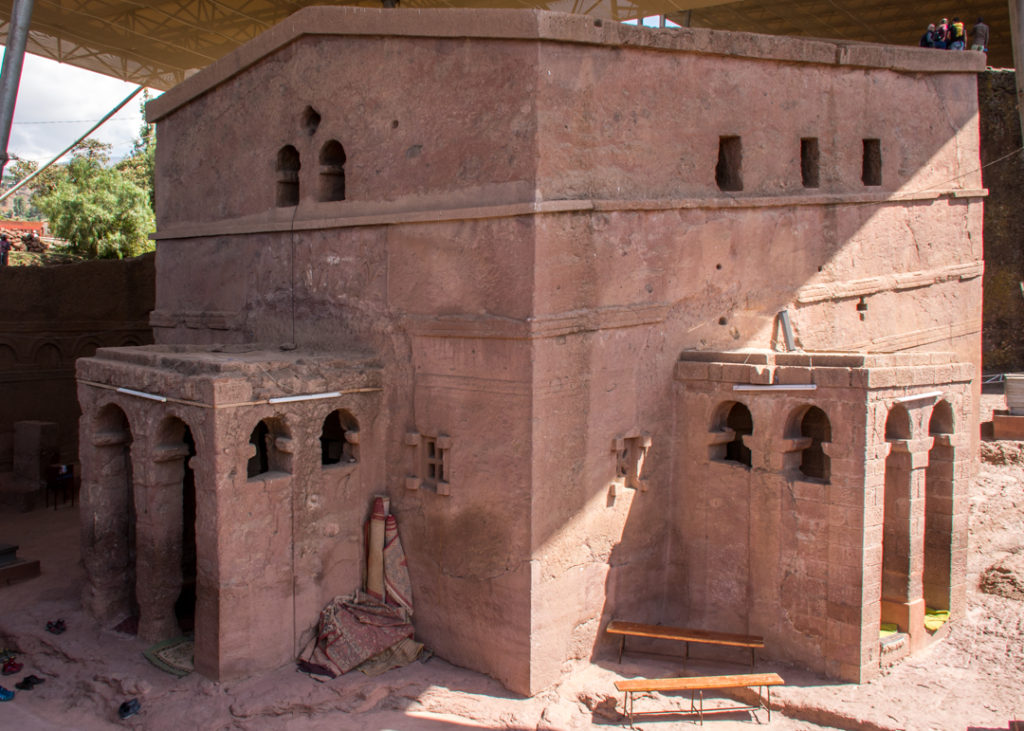
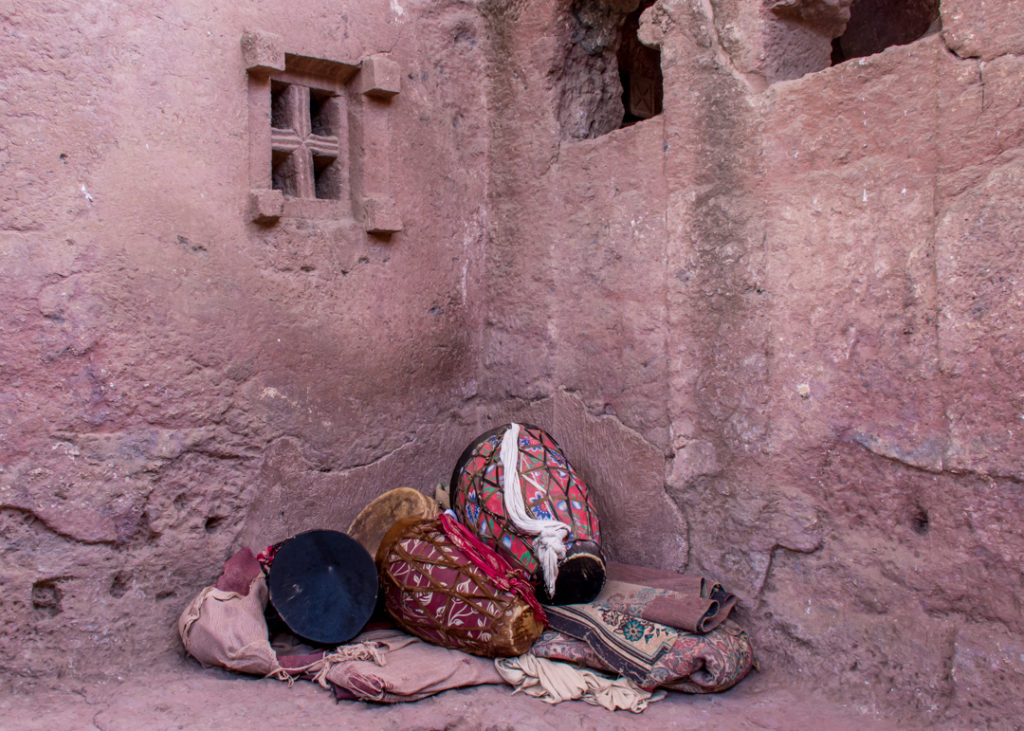
Even the facade showcases a beautiful relief of two riders fighting a dragon above the entrance.
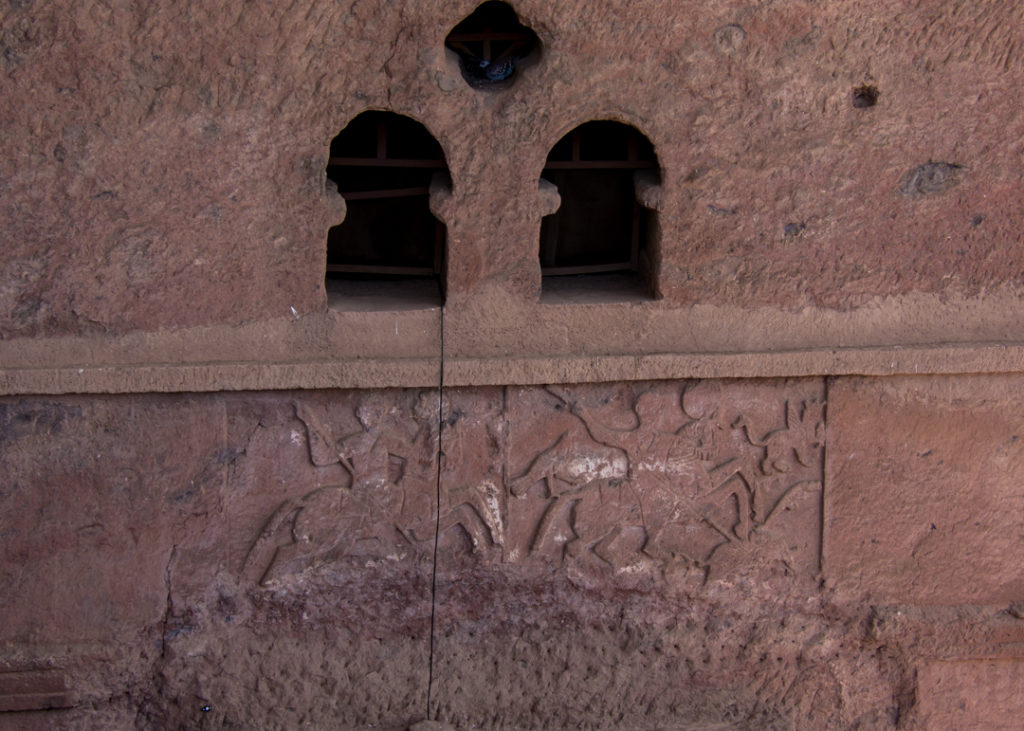
Inside, early frescoes are vividly carved and painted all over the ceiling, columns, arches and upper walls.
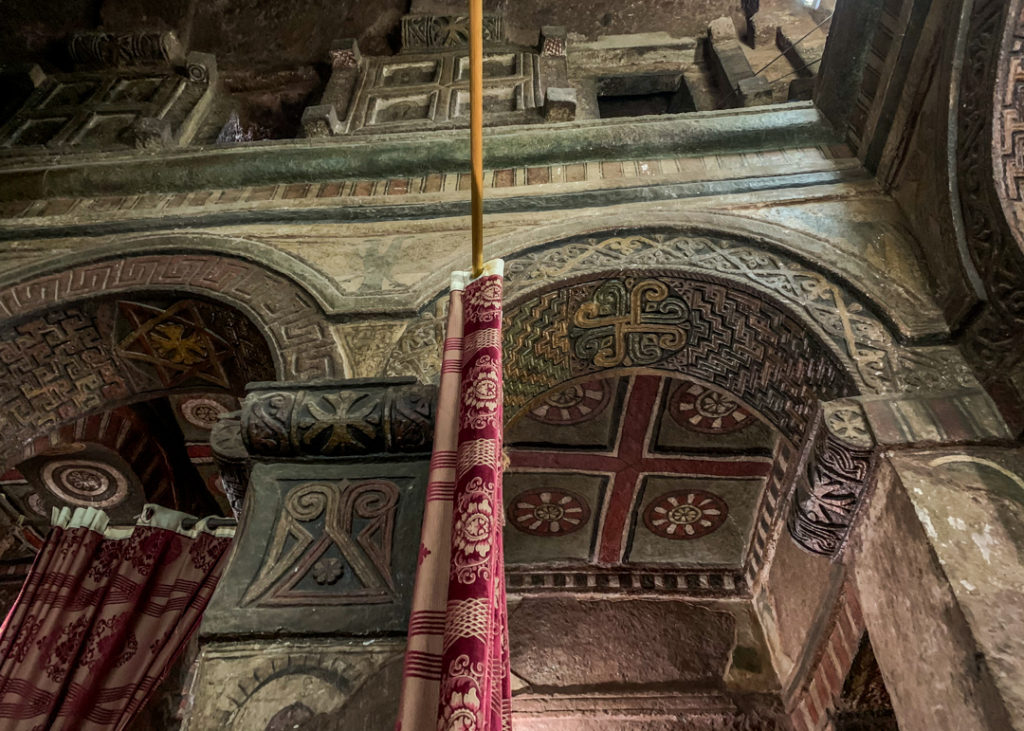
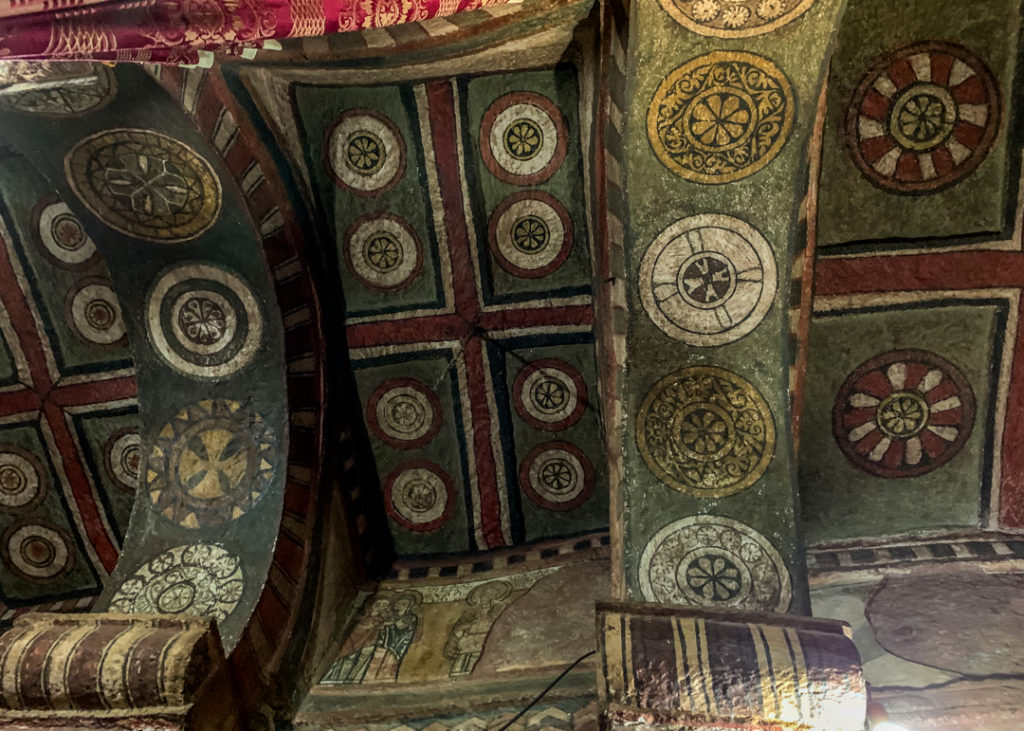
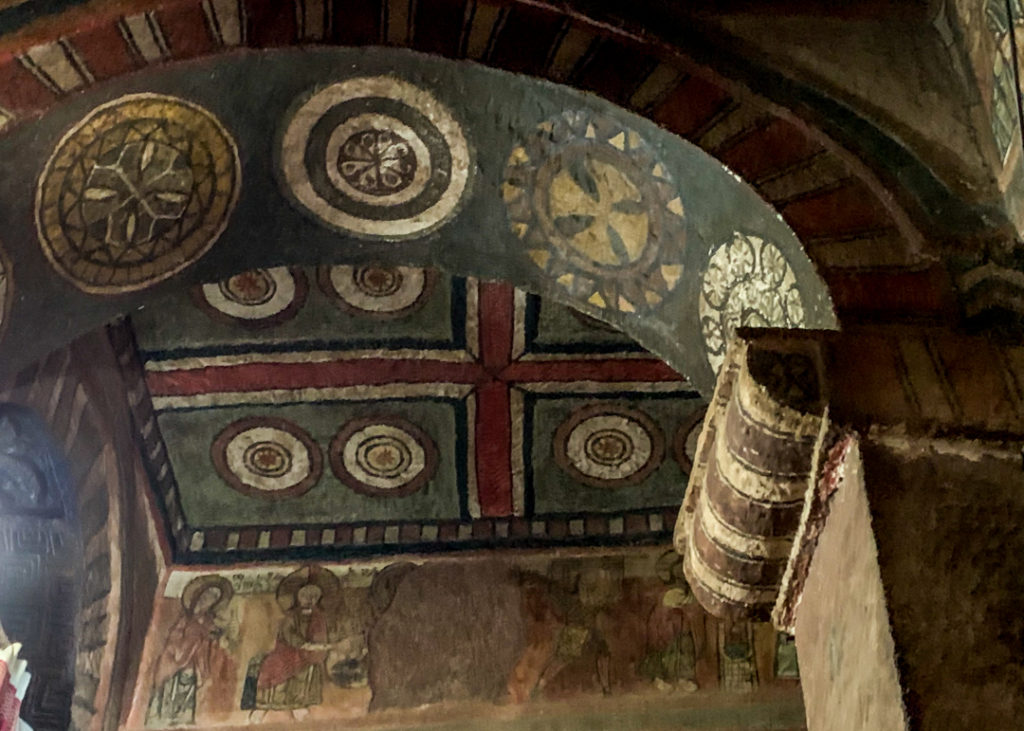
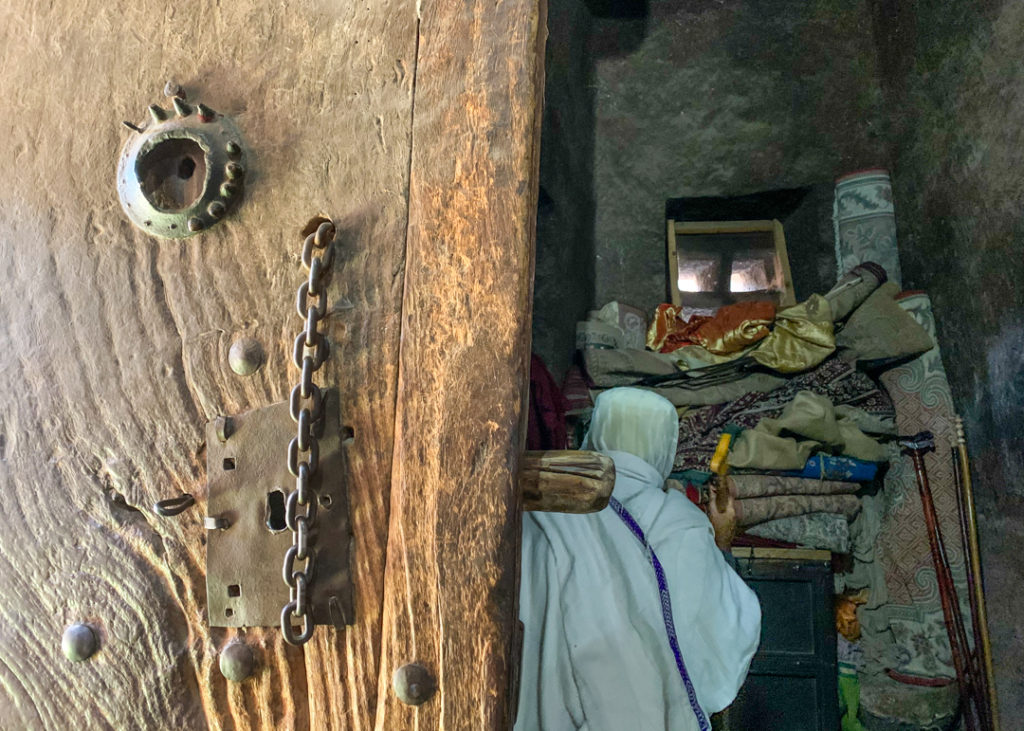
To get from one church to the other, we have to navigate a maze of tunnels and passages that connects the various clusters.
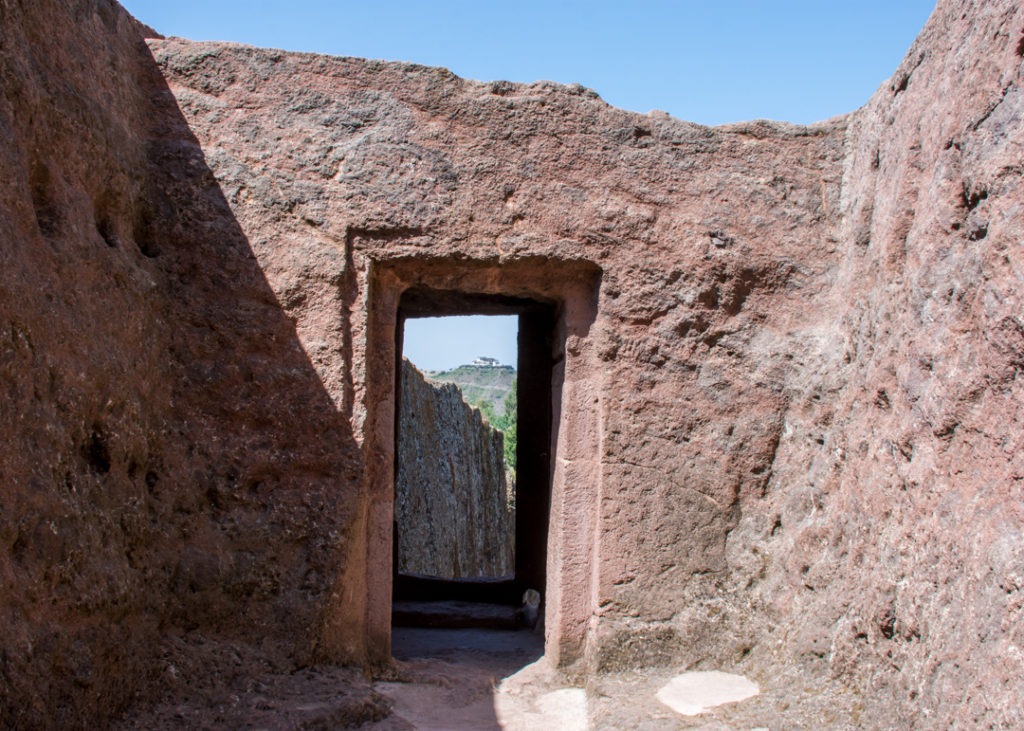
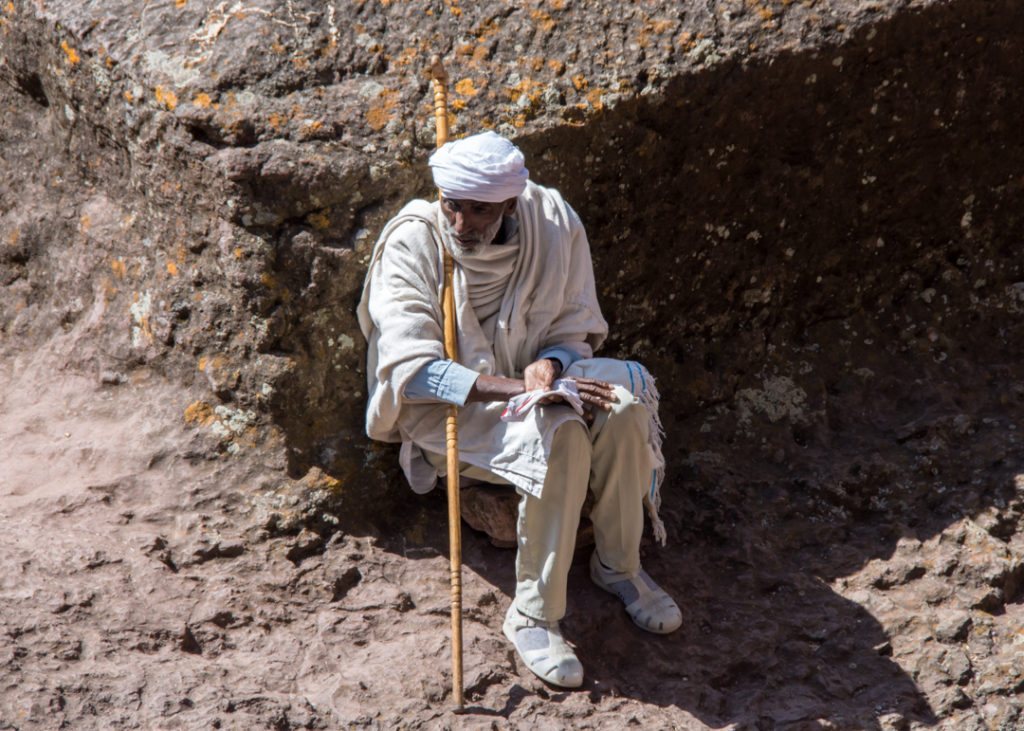
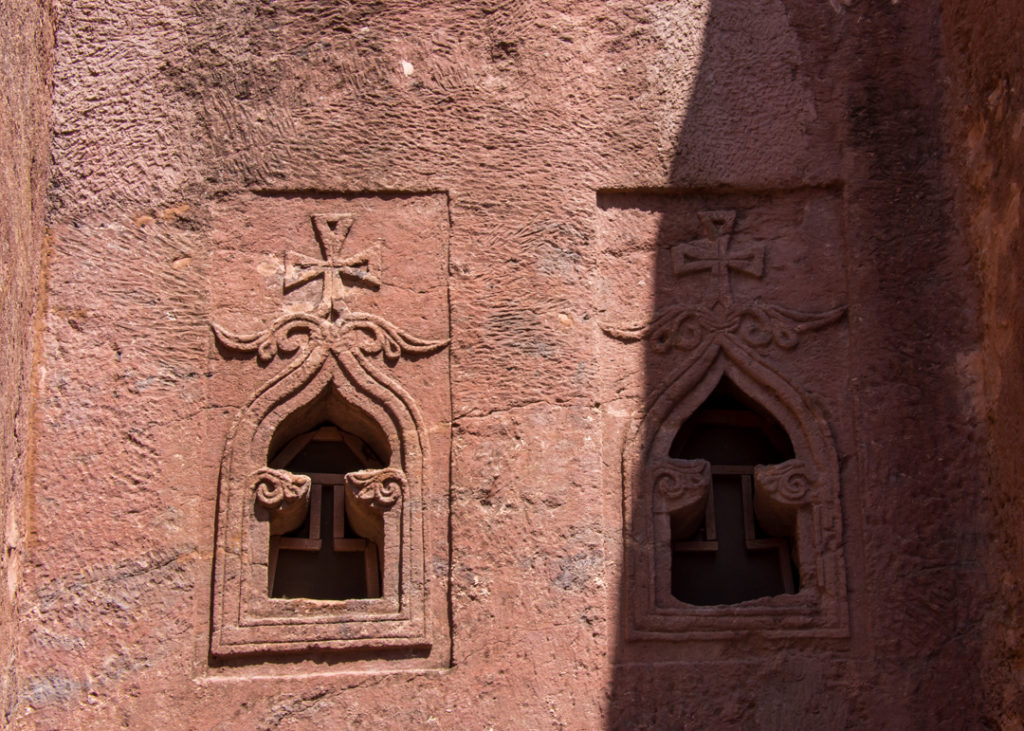
Another church, another gorgeous golden cross… I’m particularly loving the fine lace detail on that one.
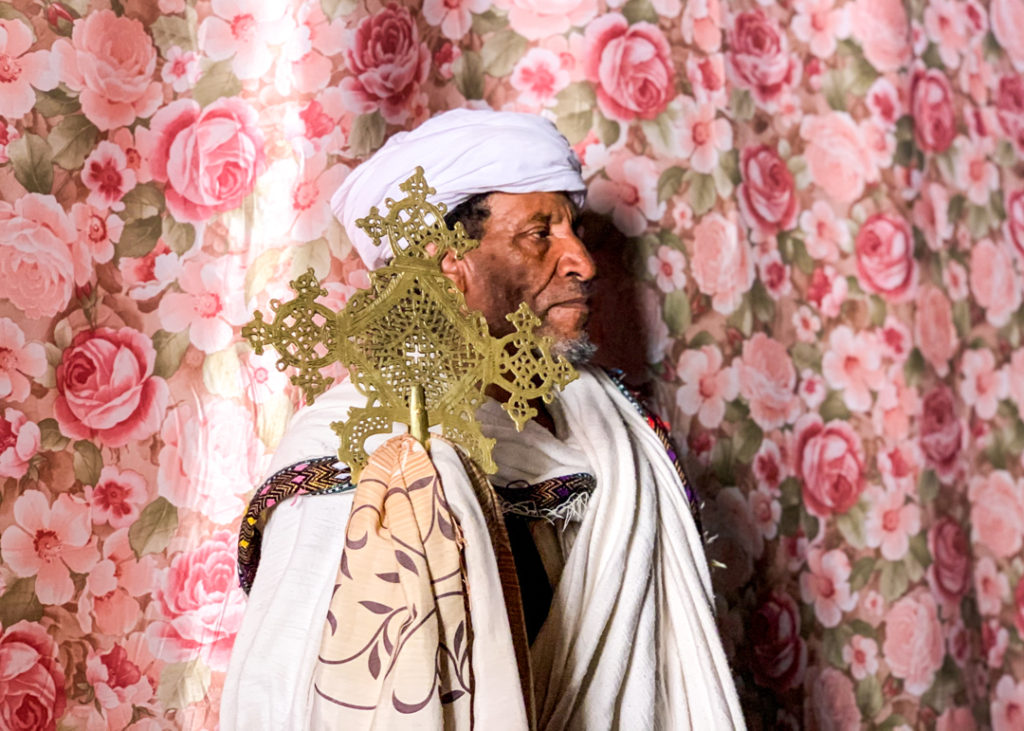
One church is forbidden to women as we’ve witnessed before in Ethiopia – the church of Bet Golgotha. It is mostly remarkable because of its seven life-size reliefs of saints carved around its walls, which thankfully our male guide was kind enough to take a picture of!
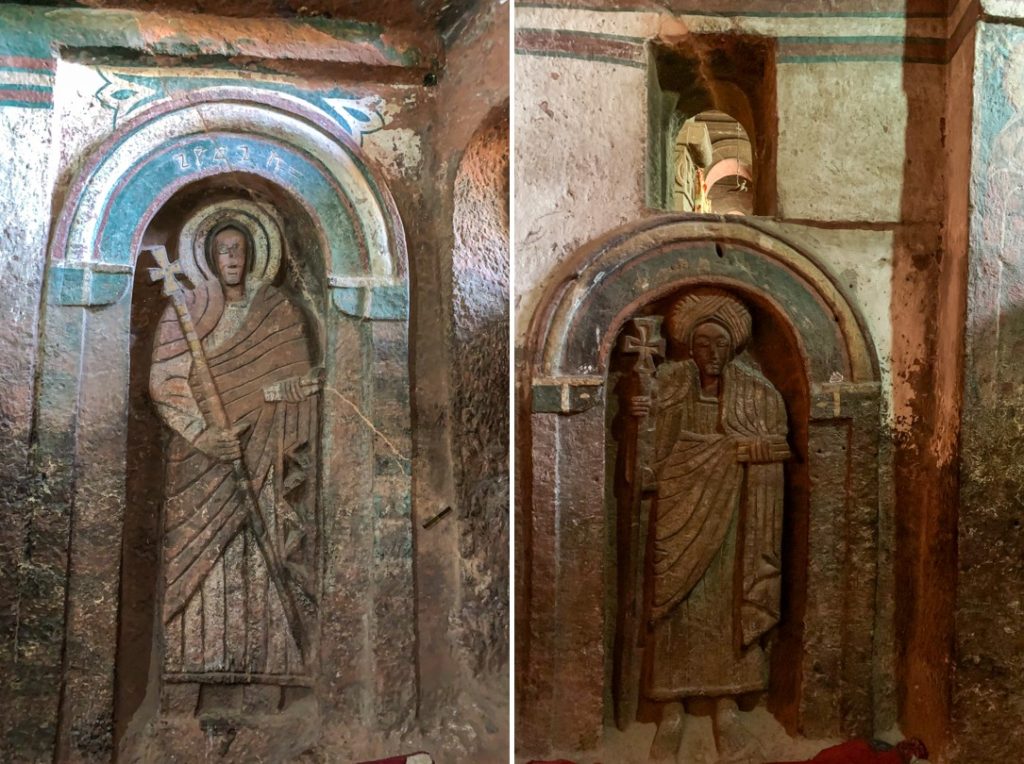
Lunch was in a pleasant, shaded hotel courtyard serving a plethora of Ethiopian dishes. It was my first try of Fir Fir, a popular breakfast dish of torn injera bread fried in butter and berbere spices, here served with chicken and egg. Massive, the plate could have fed three or four of us!
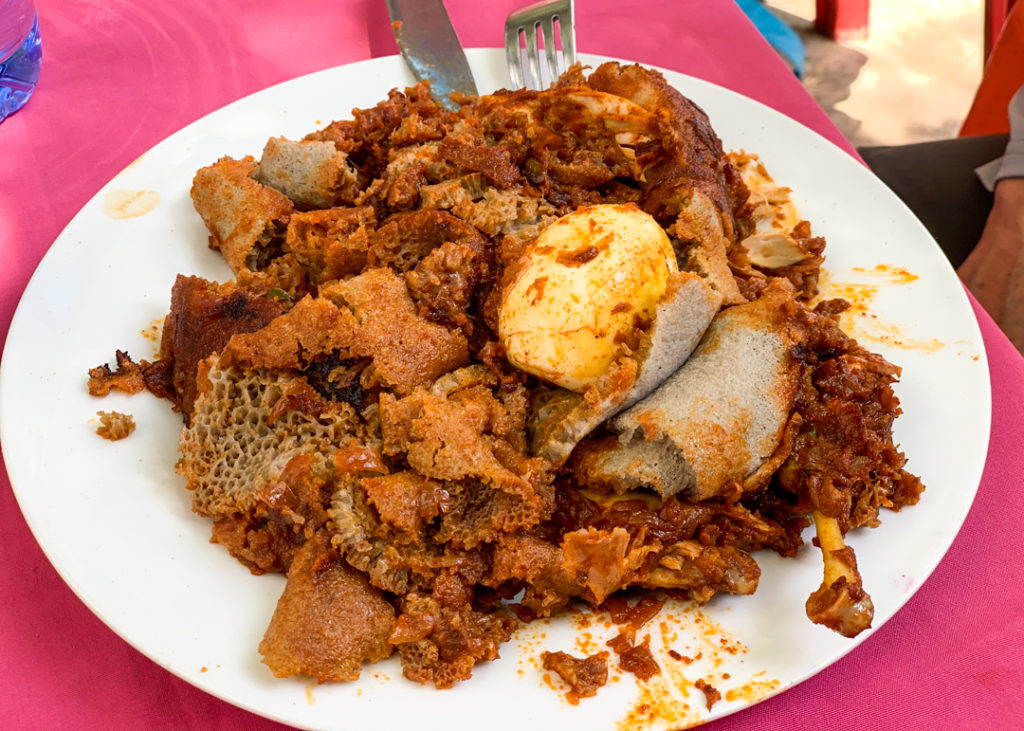
As usual, there were also many vegetarian dishes and sauteed vegetables ready to be scooped up with fresh injera.
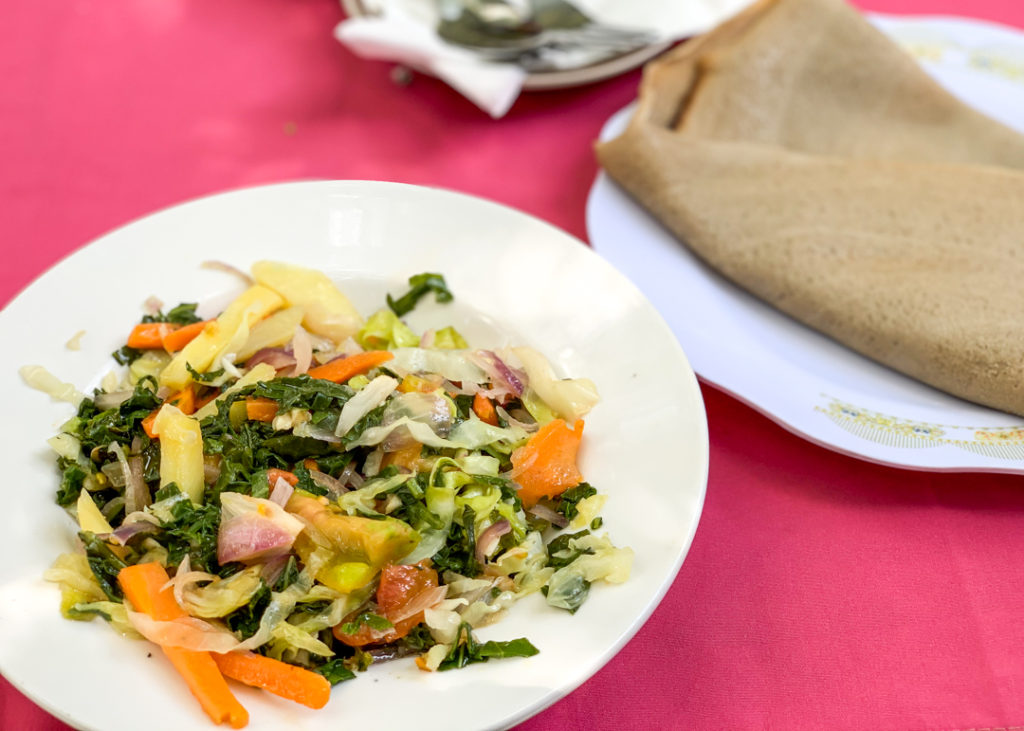
A strong coffee after a big lunch was needed before continuing our active exploration of Lalibela’s churches.
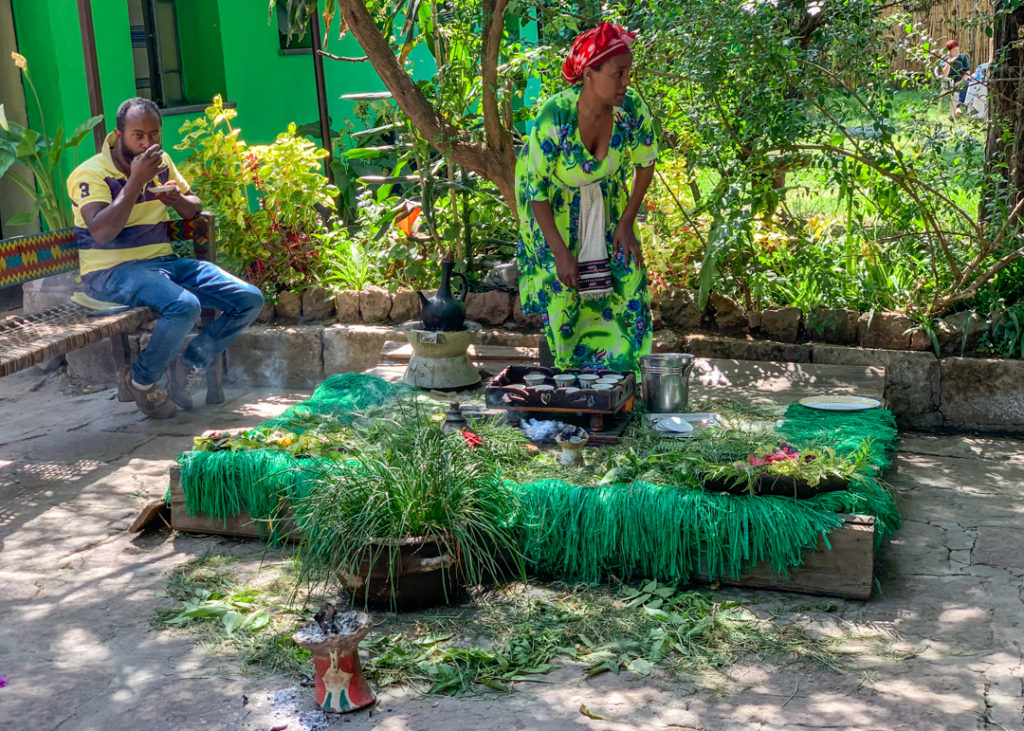
While we had started in the morning with the northern cluster of churches, the afternoon brought us to the southern cluster only 250m away. Bet Emanuel, below, is considered by art historians to be the finest and most precisely worked church in Lalibela.
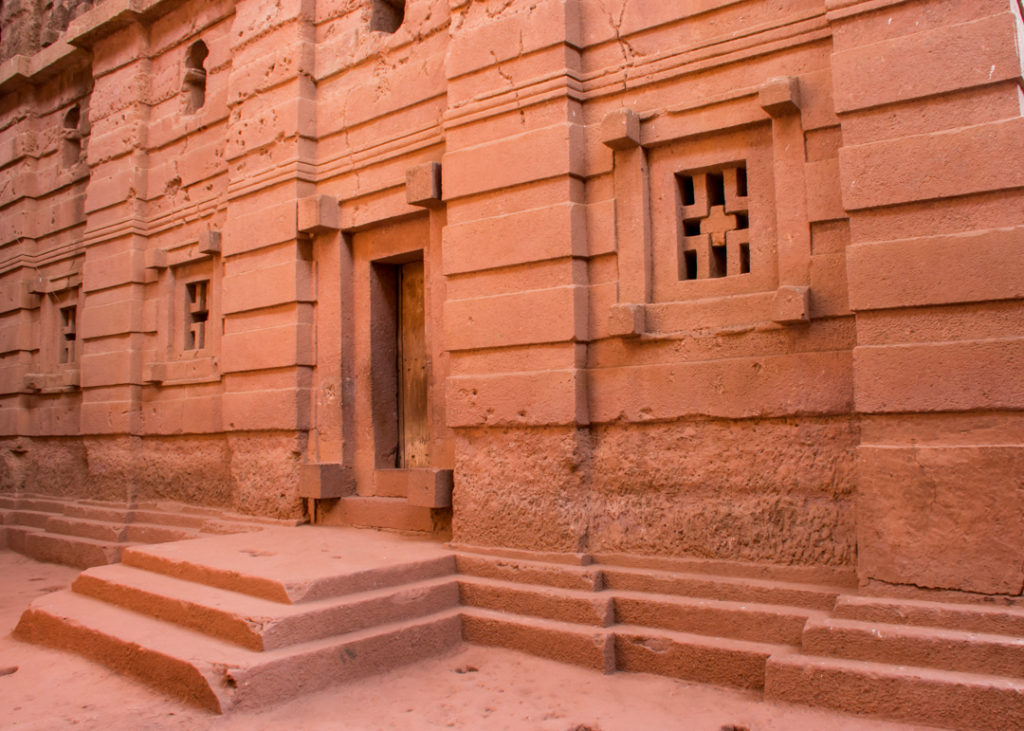
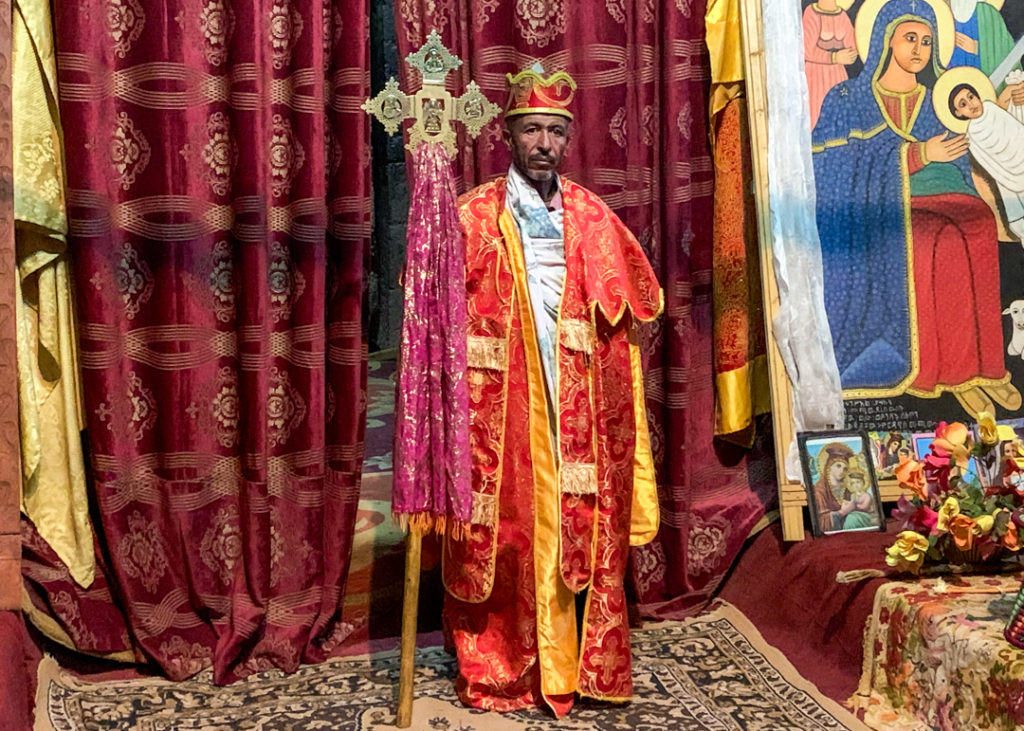
Partially faded wall friezes can be seen in this cluster, medieval depictions of wise men or saints?
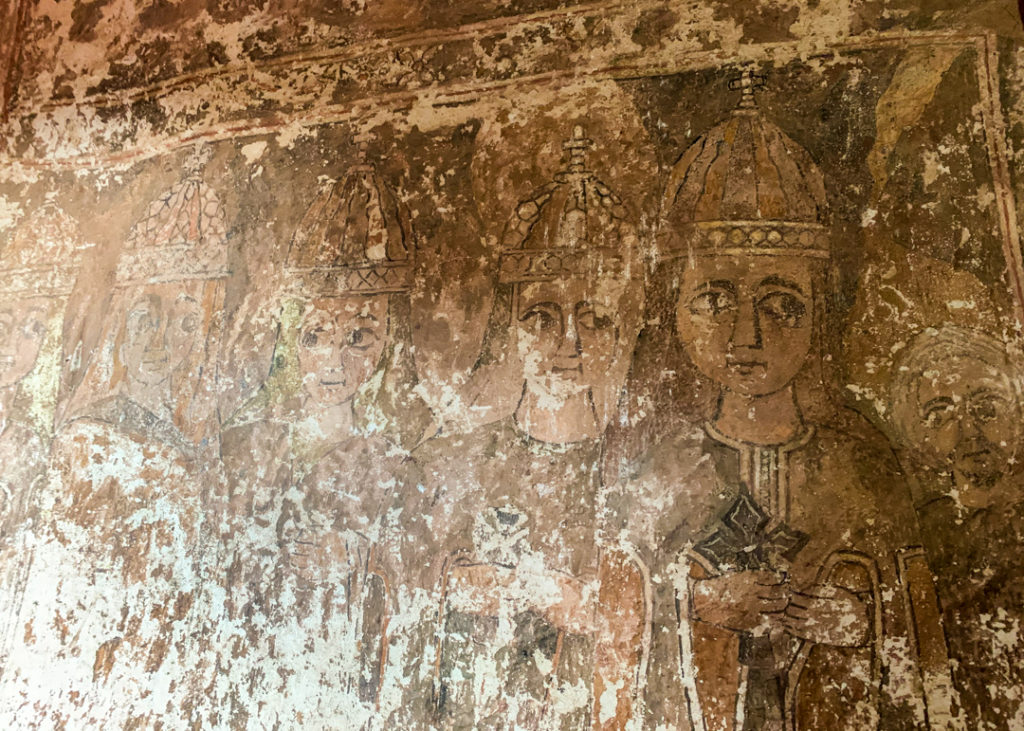
There are deep trenches around these parts and a lot more greenery.
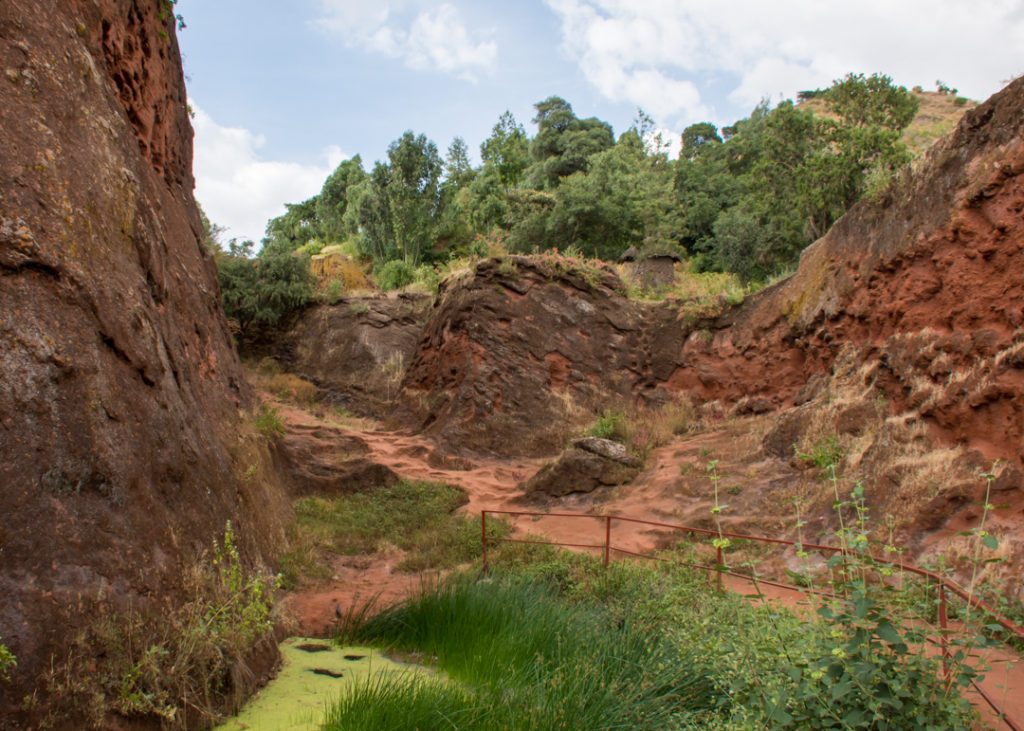
Our guide led us up a path, through a gate, and into a side of Lalibela not usually featured on maps…
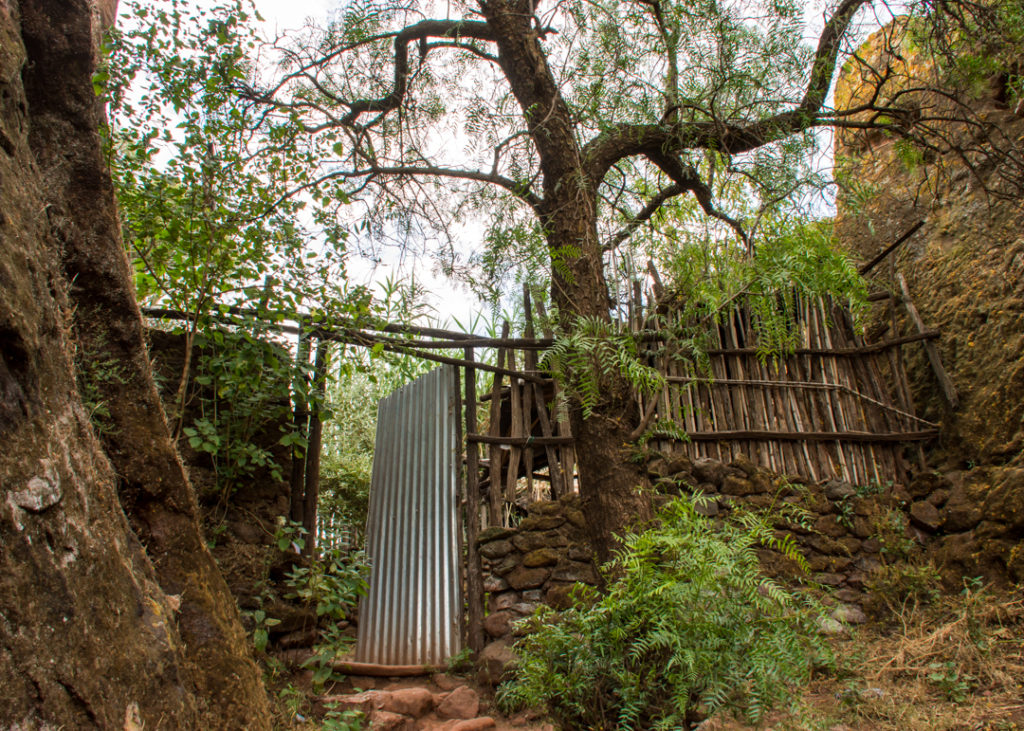
We had ventured into the nun’s quarters! Signs of domestic life and lush gardens so close to the rock churches were surprising to say the least.
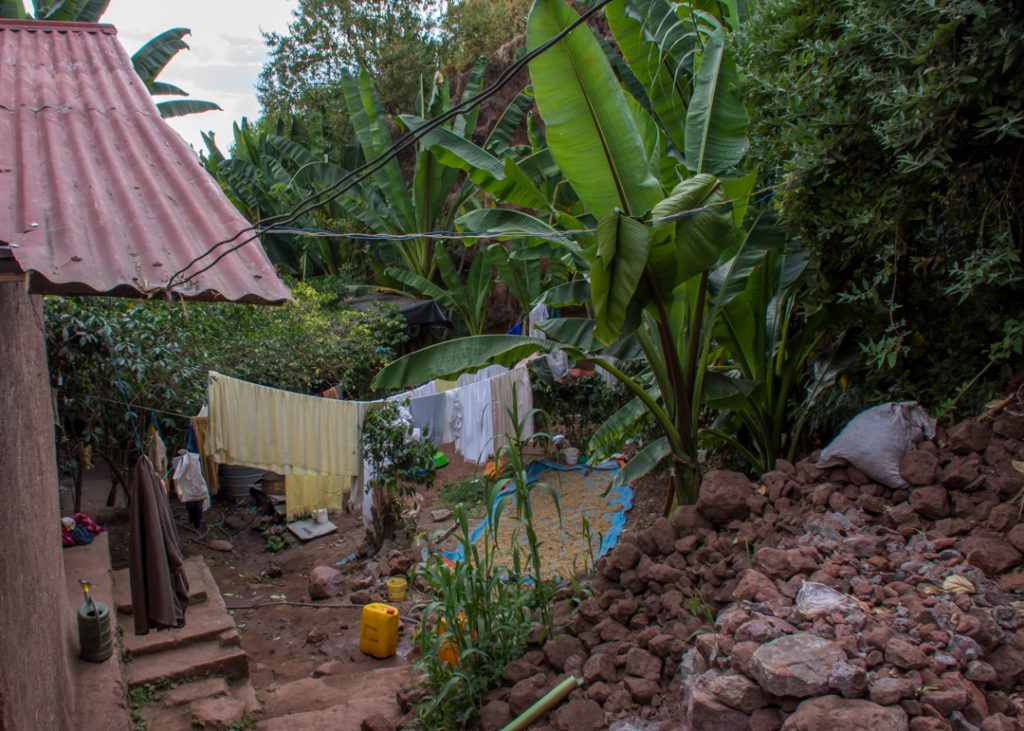
Hobbit-like houses with tiny doors lined the twisted alleys of the ‘neighborhood’, everything in such close distance it was hard not to feel like an intruder. Still, incredible to be standing here, knowing how old these streets are and the life of devotion these nuns have committed themselves to.
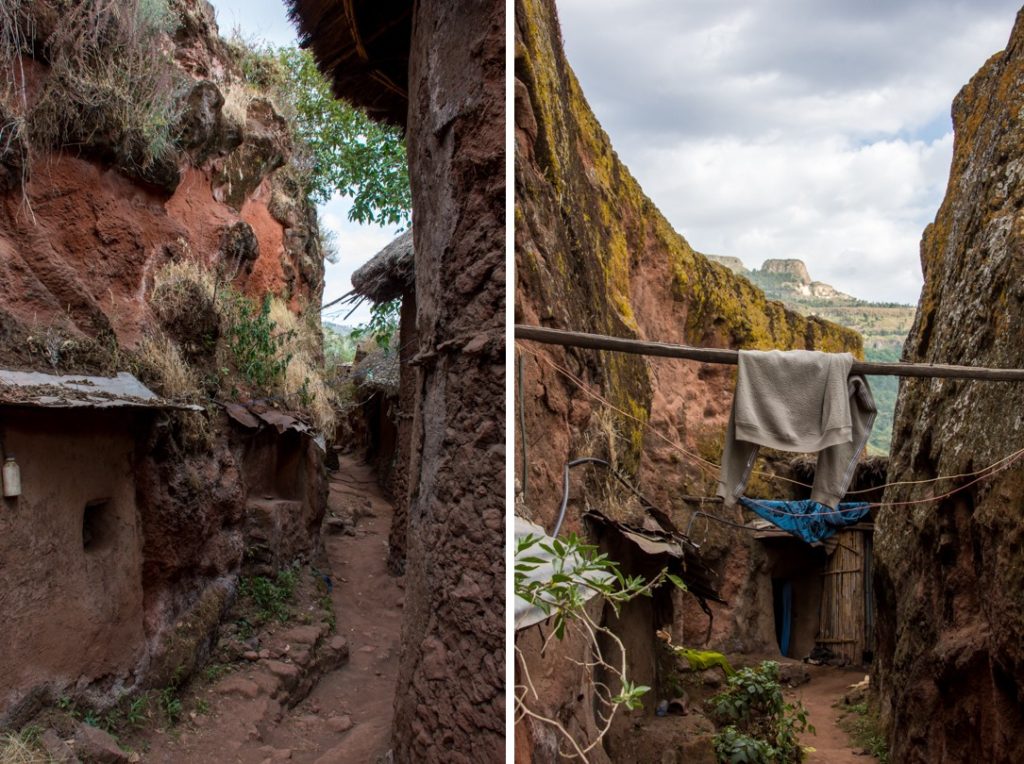
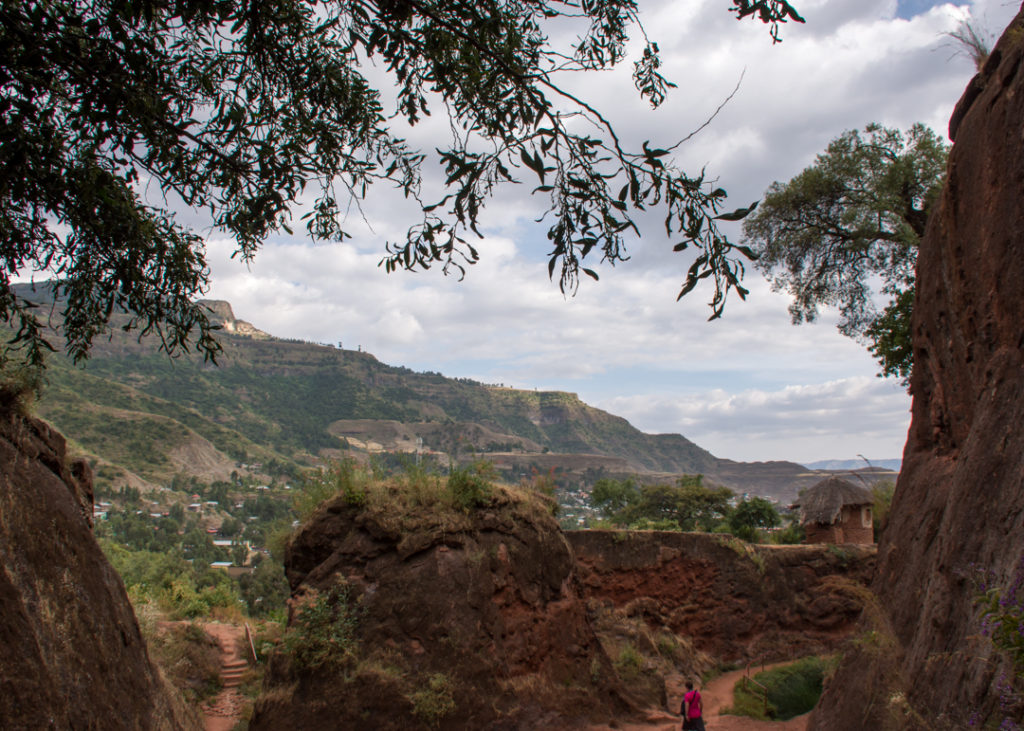
The southern cluster is definitely more of a hodgepodge and we were thankful to have someone to follow. Be prepared for very dark tunnels, dubious staircases and narrow trenches leading to small cavern-like structures.
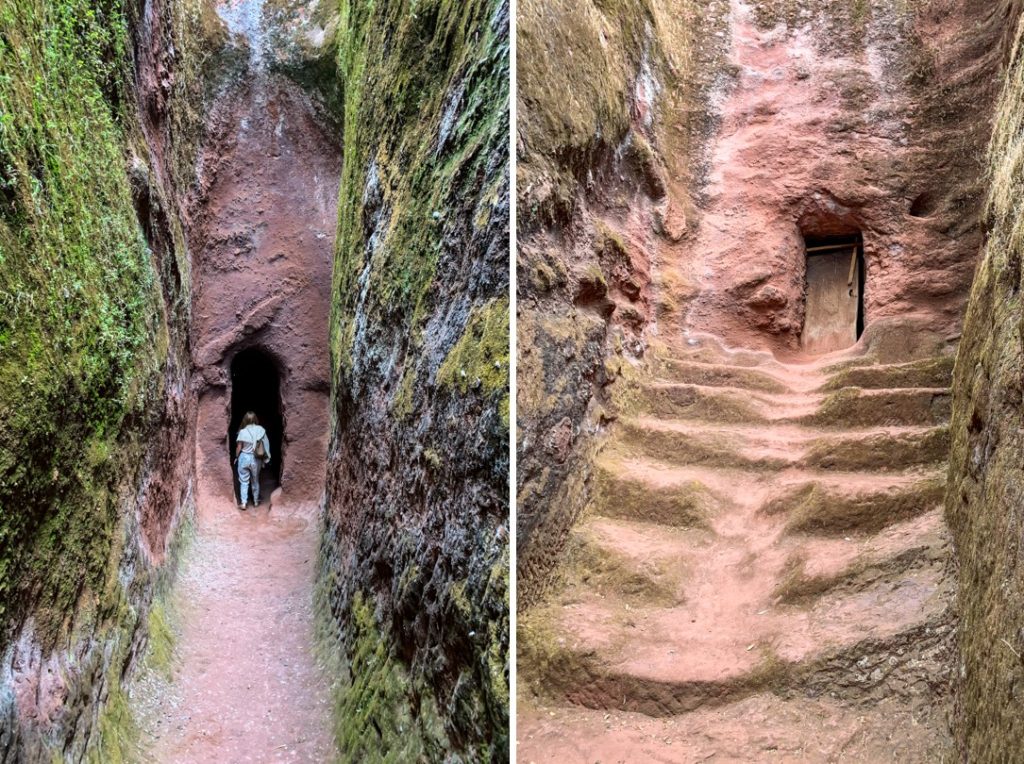
Bet Mercurios is a proper cave church, still attached to the rock, and has unfortunately suffered from the ravages of time.
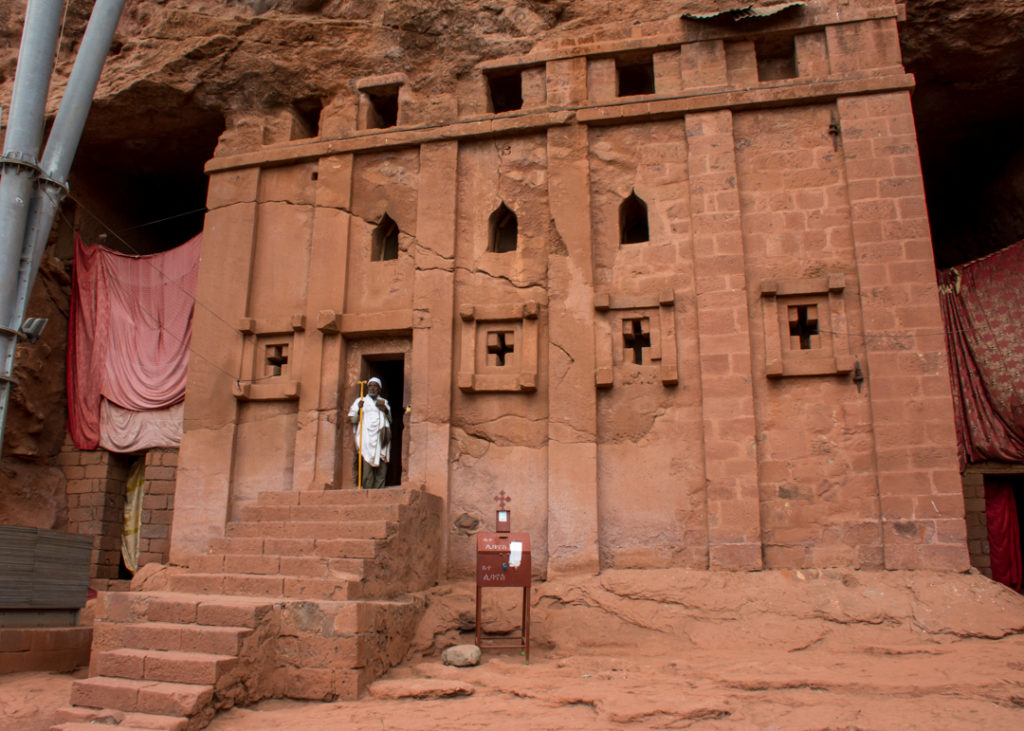
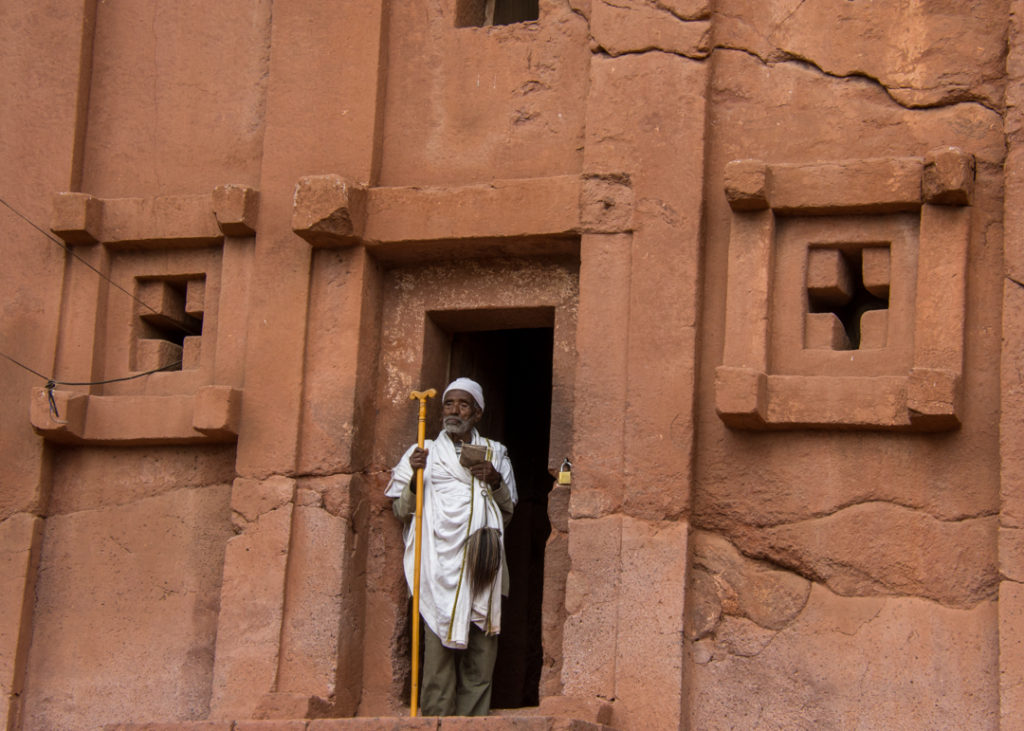
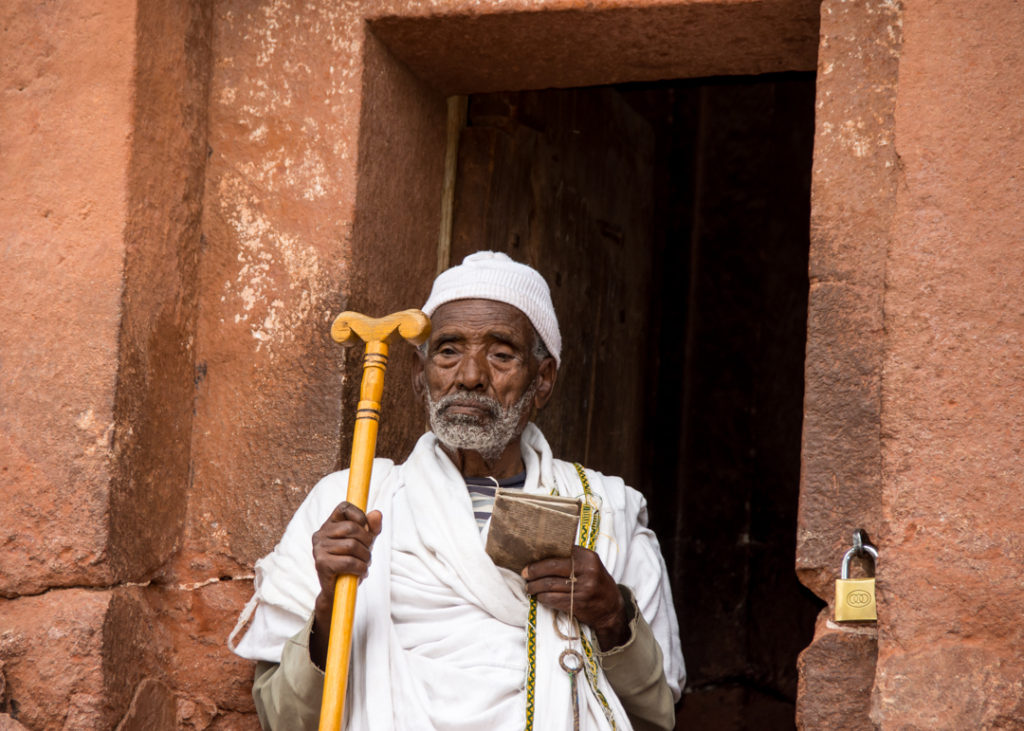
There’s only one more site to see which lies some 300m away in isolation from the other churches. You’ll have to walk a bit and cross the main road, passing by typical houses.
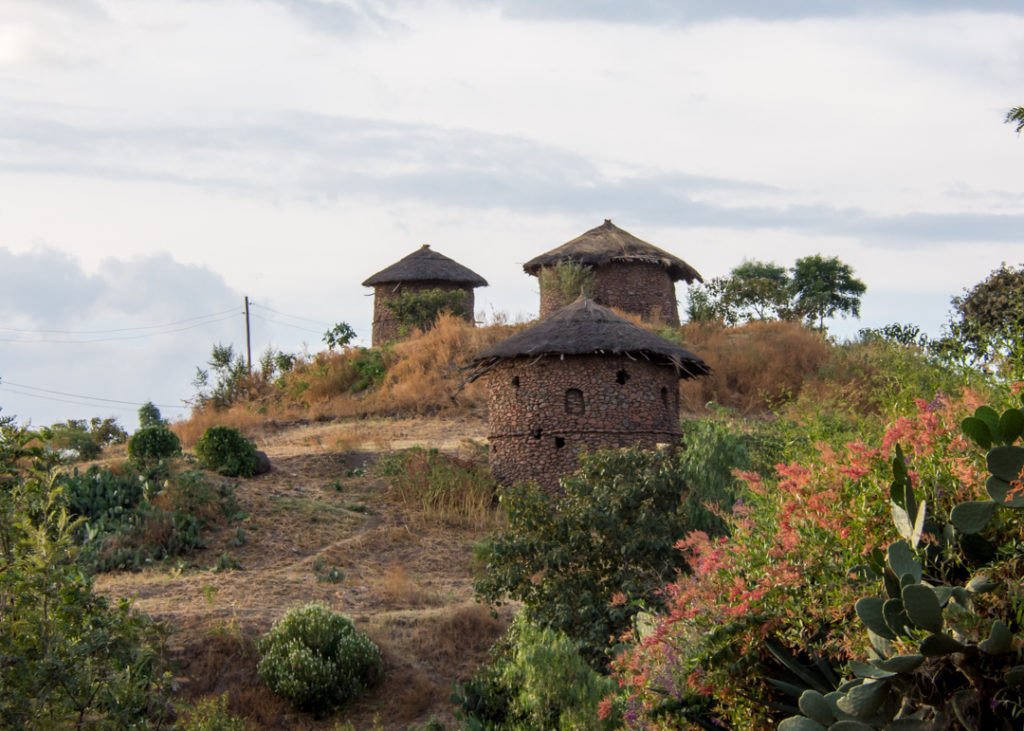
Despite all the photos I had seen, I can honestly say that my first sight of Bet Giyorgis aka Church of Saint George is forever ingrained in my mind. Wow.
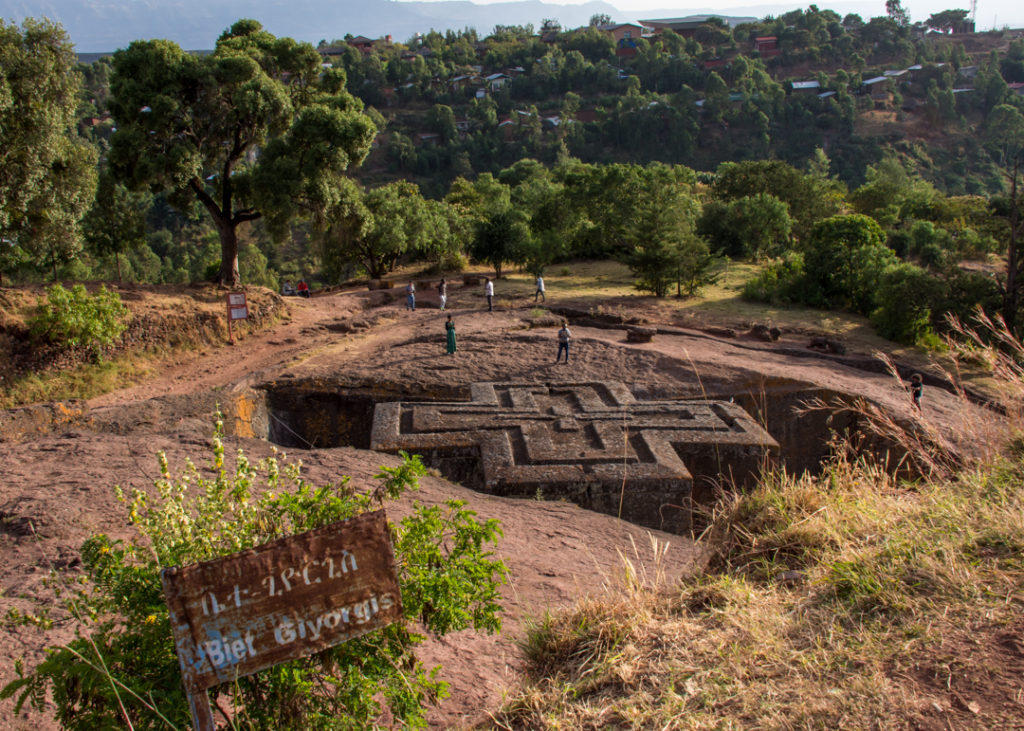
It’s the only church in Lalibela not covered by a protective shelter and for the first time you can fully appreciate the incredible work of art it represents. Seeing this gigantic cross peaking out from the ground is mind blowing. No wonder it has become Ethiopia’s most iconic sight.
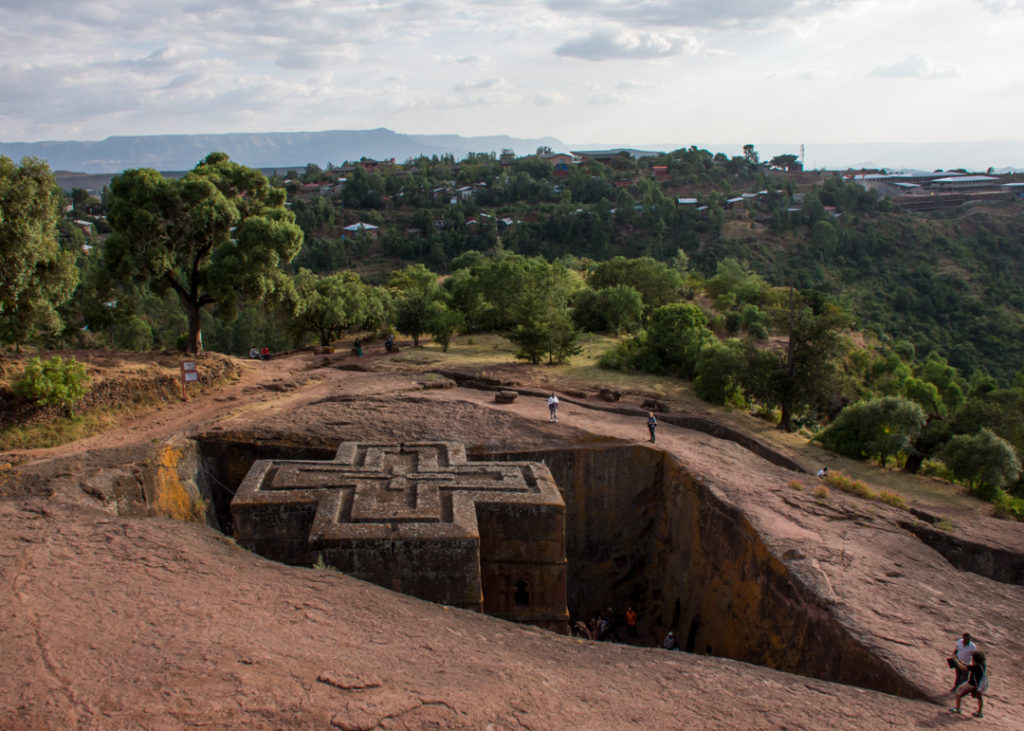
Measuring close to 15m in height, it is imposing for sure, but it’s its symmetrical cruciform shape that is most impressive.
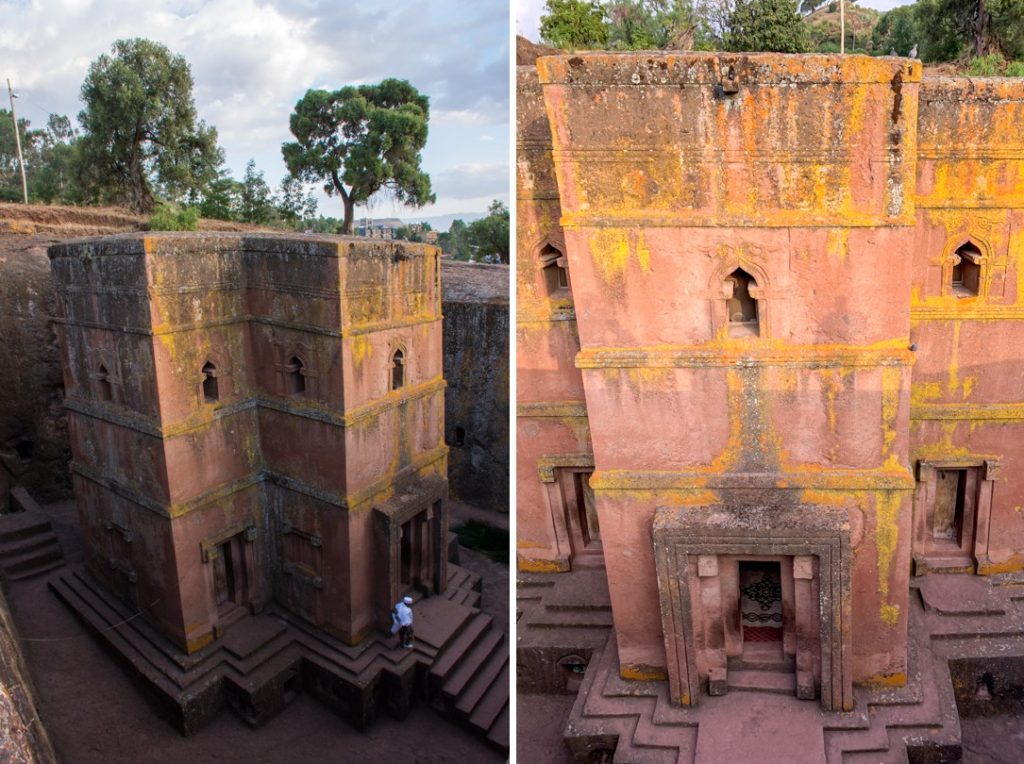
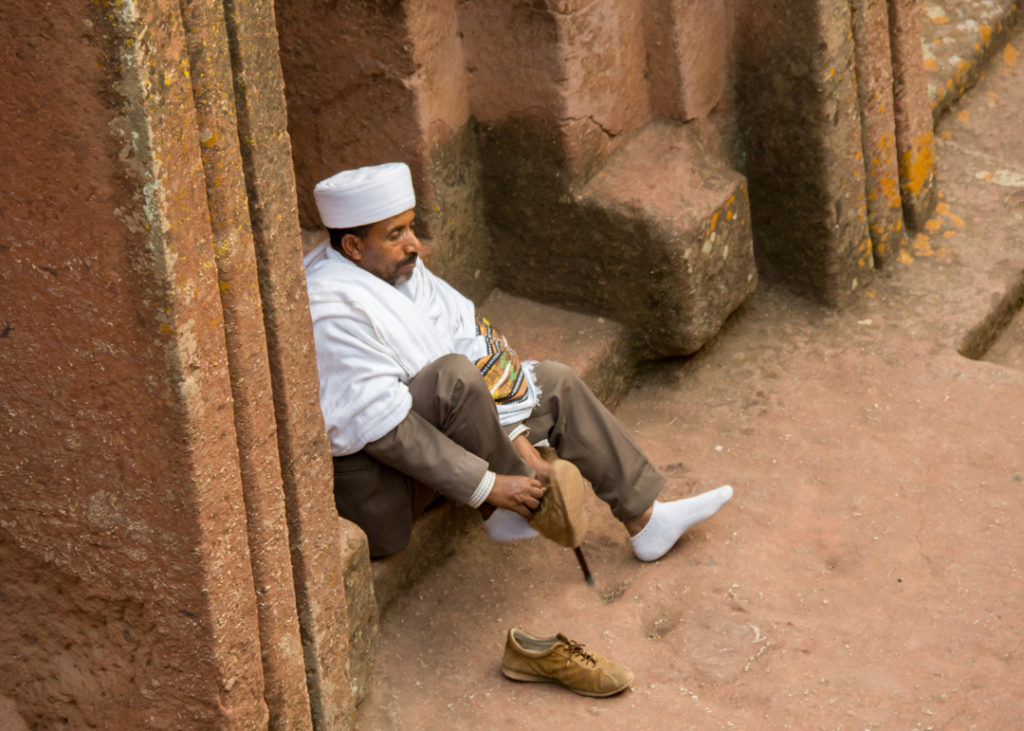
Lalibela’s masterpiece seen from below.
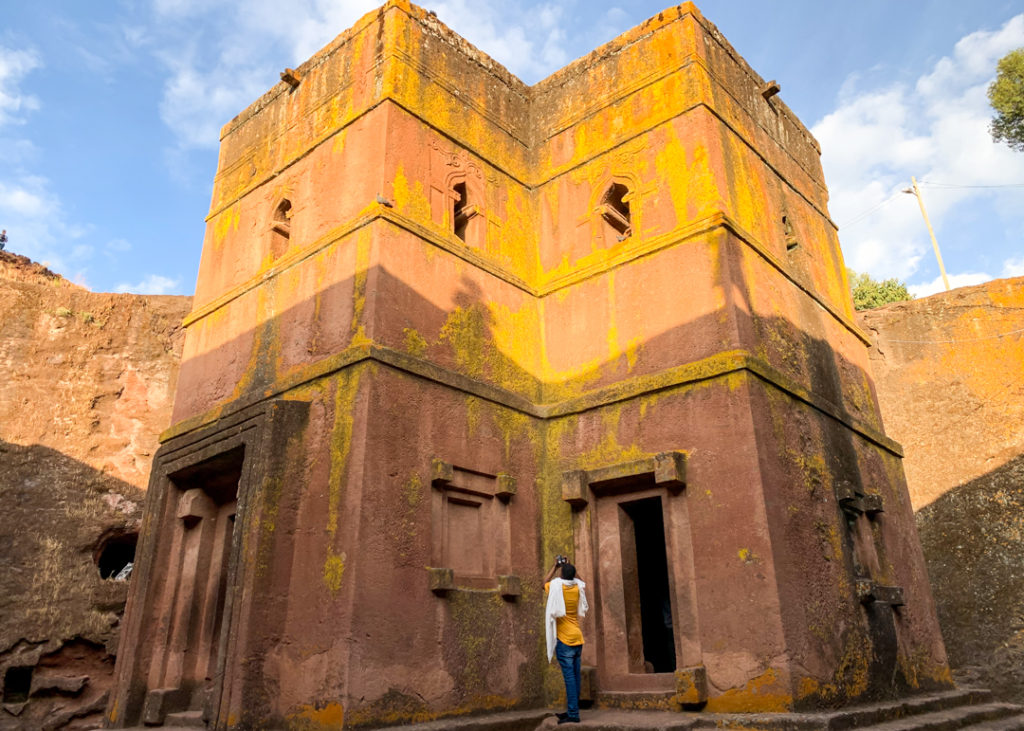
The interior is surprisingly small and unadorned but the height gives the space an atmosphere you won’t find in the other churches.
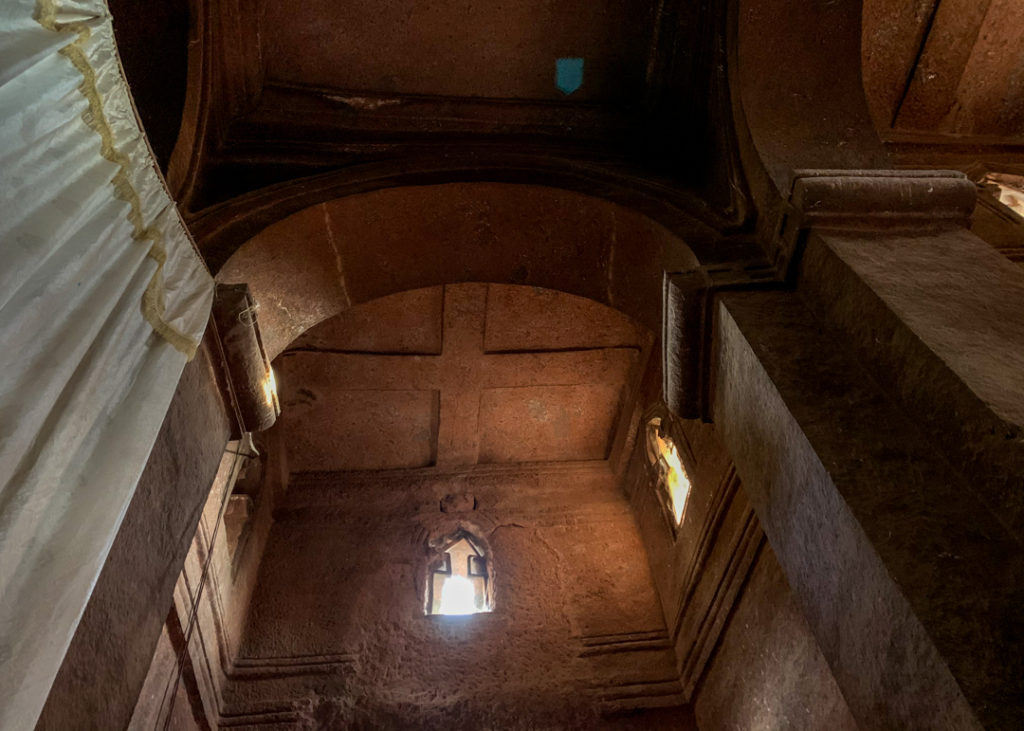
Perfectly proportioned and without the need for any support whatsoever, it is visually superb.
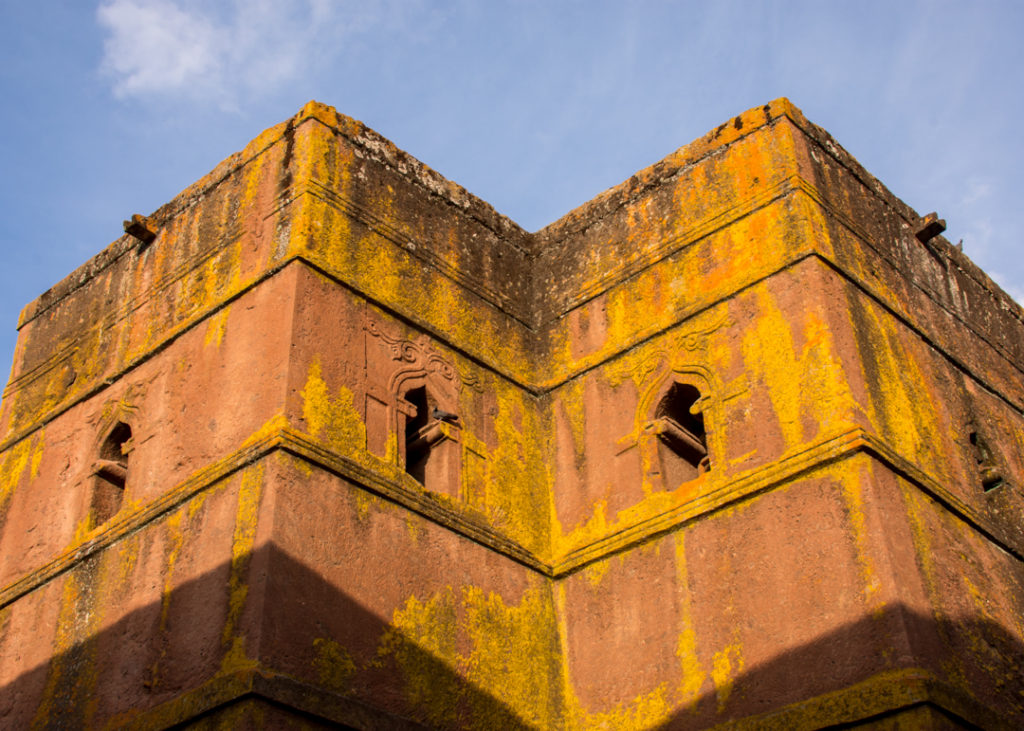
Go as we did during the last hour of sunshine for that amazing golden hue and to capture the rock in all its splendor, from its pinky undertones to its yellow and green effects of time passing.
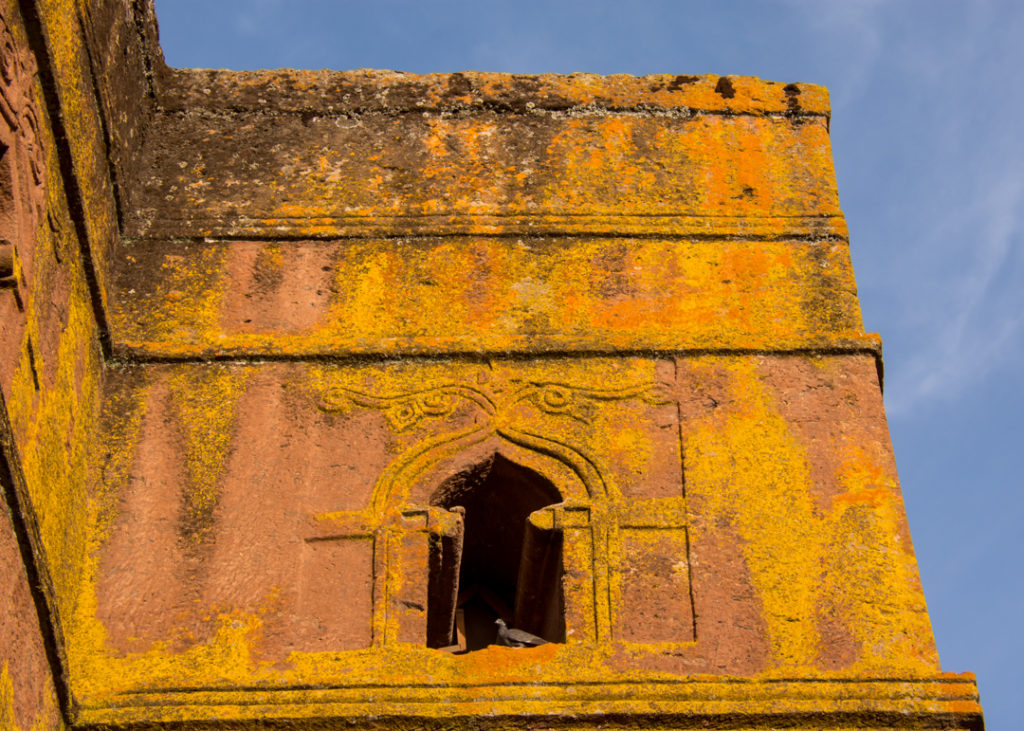
Whichever angle you look at it will photograph well, she’s that pretty. Let’s hope she continues to age with such grace and beauty for centuries to come…
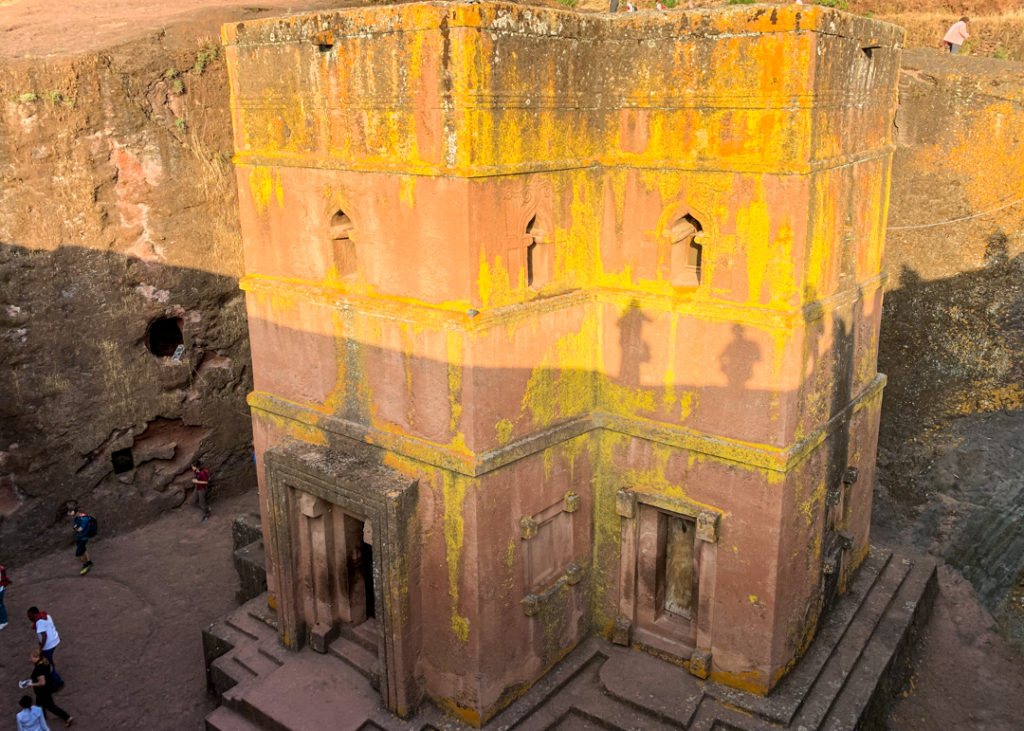
No better way to wrap up this day than with a sunset back at Sora Lodge. It’s the end of the tour and that view simply sums it up so well – Ethiopia, you were a surprising delight in every way.
